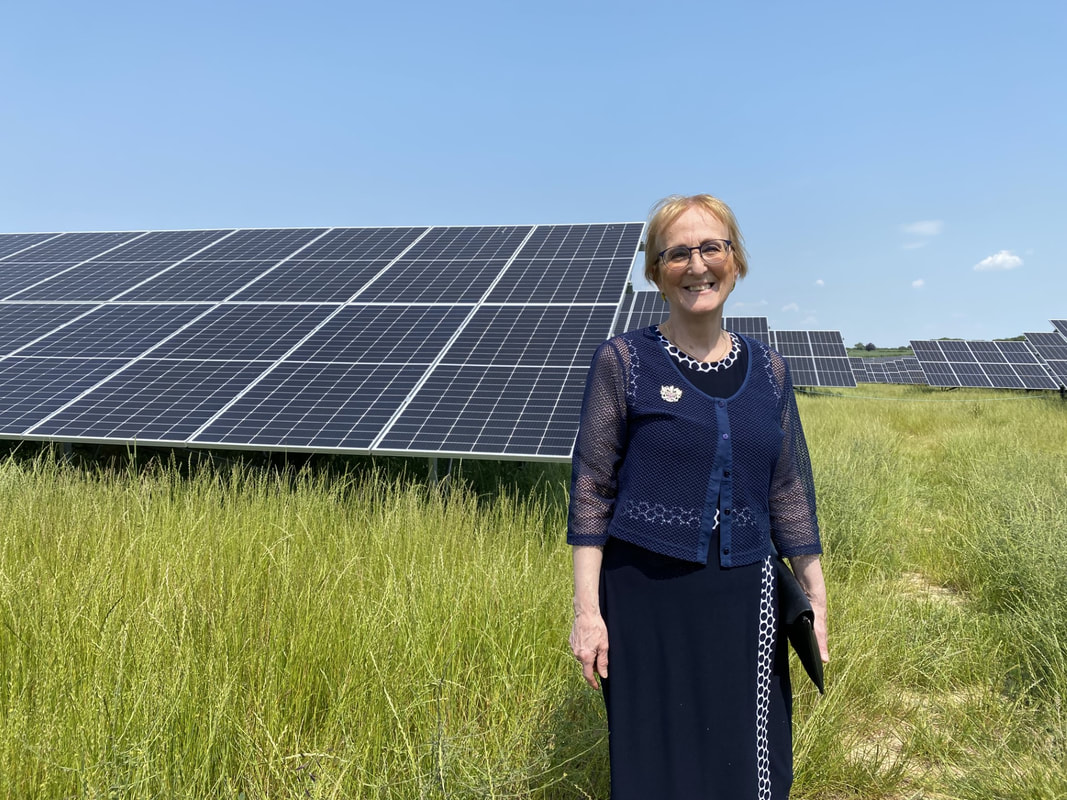 Alderman Alison Gowman at South Farm Solar Park Dorset Alderman Alison Gowman at South Farm Solar Park Dorset Travelling west from London to a field for a party sounded a lot like a free ticket to Glastonbury but it turned out be a lot longer lasting! I was heading up the City of London Corporation’s team at the official opening of the South Farm Solar Park in Dorset. The City Corporation created a radical costed and innovative Climate Action Strategy two years’ ago which commits to achieving net zero carbon emissions in its own operations by 2027 and aiming to become net zero across its investment and supply chain by 2040, whilst also supporting this for the whole Square Mile by the same year. As part of that strategy the City Corporation agreed in 2020 a £40 million deal with international energy provider Voltalia to buy all the electricity produced by a new solar farm for the next 15 years. This has now been achieved. I was delighted to visit and see it in operation on a very sunny day. It has over 91,000 panels ensuring that the site will have a capacity of 49.9 megawatts – equivalent to the annual electricity consumption of approximately 35,000 people. The facility has been providing over half of the City Corporation’s electricity from January 2023. The deal will increase the green energy supply, has no reliance on taxpayer funding, and helps the transition quickly away from fossil fuels. The deal agreed under a Power Purchase Agreement (PPA) is a long-term contract between an electricity generator and the customer – it is the first of its kind in the UK to be signed directly between a renewables producer and a governing authority. When you next look around the City you will see the iconic landmarks that the City owns and manages powered by renewable electricity - that includes Tower Bridge, Hampstead Heath and the Barbican Centre. Whilst some are sceptical of these deals that use up arable land and may overwhelm a local area this transaction has been carefully calibrated and should benefit everyone - from the environment to local people. Throughout its construction, Voltalia has invested more than £1,000,000 in local supplier partnerships – all based within 25 miles of the park. Voltalia’s local supplier investment at South Farm Solar Park has totalled over £4 million across the Southwest to date. I was pleased to have helped spearhead the City’s Climate Action Strategy back during the dark days of the pandemic and then been able to see the scheme operating at 100% capacity on the sunny day in June when we visited. This scheme is a pioneering blueprint by the City Corporation for local authorities across the UK, cutting carbon emissions and fossil fuel use, and giving cheaper, more secure energy, protected from the price volatility of energy markets.
0 Comments
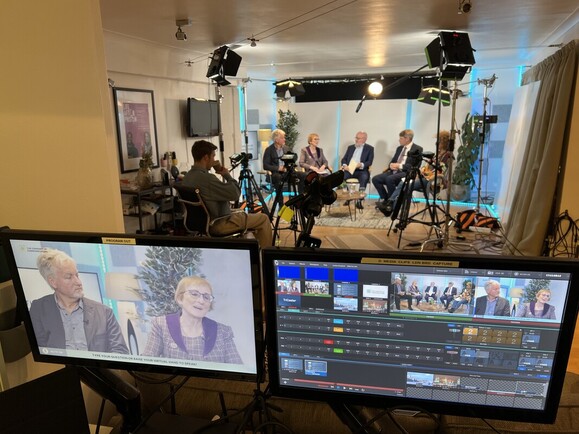 A thread through my life is the drive to ensure we are doing all we can about the environment – in our own lives, in the businesses where we interact and in our wider community of interests and organisations. As Founder and Chair of the Livery Climate Action Group https://liverycag.org.uk/ there is a real impetus of now 79 member Livery Companies who are stampeding towards their own net zero target and other sustainable behaviours. There are too many interactions to note them all, but we held a meeting of the Single Point of Contact for each Livery on 16th May who provided great updates on their work (see separate blog). It was uplifting to hear the many actions. It was therefore also a great opportunity to be part of a panel set up by the Company of Communicators to speak about the role of the City and Livery in climate alongside Chris Skidmore MP, Gihan Hyde and Jeff Scott. The event was live and a recording will hit the media very soon. What it majored on was the theme of Aspiration to Action and that is what is driving the work of the City and Livery as well as business at this time. The major City event on this topic has been the Net Zero Delivery Summit, held halfway between COP 27 and 28. A chance to review and push on to a greater commitment in November 2023. The City released a report on the work of the UK businesses signed up to GFANZ showing the lead by British businesses in this work. https://news.cityoflondon.gov.uk/uk-financial-institutions-leading-climate-action-charge-according-to-new-report-launched-at-net-zero-delivery-summit/ I have recently been appointed as the lead member on Bridge House Estates for sustainability and for the Museum of London. Both exciting challenges building on my expertise and connections. This year is the 900th anniversary of the founding of St Bartholomew’s Hospital and Church and a great reason to celebrate. An amazing service in St Paul’s was followed by a reception in Guildhall at which it was great to meet so many staff present and former who are so proud of their work and heritage and the recent exceptional devotion during the Covid pandemic. The Great Hall will close soon for a major refurb thanks to the Heritage Lottery and fundraising by CEO Will Palin. https://bartsheritage.org.uk/ The First Aid Nursing Yeomanry (Princess Royal’s Volunteer Corps) transferred from the Royal Corps of Signallers to the London District and I was proud to be present. Their Commandant-in-Chief, the Princess Royal, presented their new colours at Wellington Barracks on 17th May. The FANY are an all-female voluntary organisation that deploys a multi-faceted rapid response team to support civil and military authorities at times of crises. They are hugely valued and supported by many Livery companies who were all there to cheer them on. With my mother Livery, the Glovers, I helped out at the early morning (report at 5.45) Whitechapel Mission breakfast duty. I was assigned to the coffee, tea and cold drinks that included giving out an array of useful toiletries and goods. I would estimate that we served over 250 drinks and nearly as many breakfasts in the 5-hour stint! I led the Dowgate team at a meeting with one of our newer occupiers, CCLA, and ensured that they were aware of all the offerings that exist to keep people connected to the City and its extensive work. I also met with Laura Devine and Man Group during this month. The crowning moment of the month of May was clearly the Coronation and how splendid did our Lord Mayor look in his Coronation Robe and carrying the crystal sceptre. 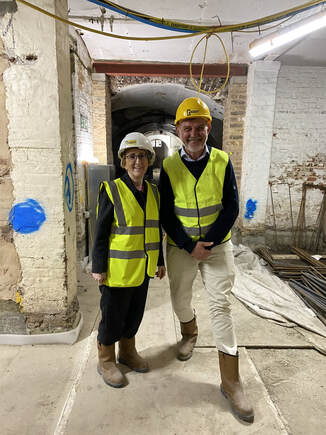 Great to visit Skinners' Hall in Dowgate Hill this week whilst it is temporarily closed for major refurbishment. Skinners’ Livery are working alongside the City of London and Historic England to recreate this Georgian building with its ancient foundations and scheduled monument status to be updated, protected and conserved for future generations. The reopened Skinners' Hall in 2024 will be enhanced with sustainable mechanical and electrical services, improved accessibility and increased venue spaces. When I had the chance to see the works (in my Ward of Dowgate) I was most delighted to see how the sustainability principles that the Skinners have long held dear (winning many Clean City Awards over the years) are being incorporated into the works. Rolls of insulation materials were apparent and then I heard about the overhaul of all the engineering services and the introduction of electric air source heat pump technology. To be told that this is the impact of the Livery Climate Action Group was music to my ears, but I suspect that they might have had this on the agenda anyway. The Skinners were, however, impacted by the fact that the electricity supply to the City’s grid was not sufficient, necessitating an upgrade to a local substation which had to be factored into the budget. Another challenge related to the original windows that did not permit any double glazing, even if Historic England had allowed. Fortunately the original wooden shutters, that had been painted into the walls, were rediscovered and are being returned to full use to create a noise and light barrier as well as a heat retention or reduction capacity. This project thus aligns to the City Corporation’s aspiration for net zero carbon emissions across the City 2040. There are so many benefits to the new layout and accessibility to the building that will be a delight to visit next year. Surely time now to think about booking your visit both to view and dine in such fabulous surroundings. More details on the Skinners’ website https://www.skinners.org.uk/restoration/ Thanks very much to Paul Richards who showed me around. The City of London Corporation are working on a framework to assist historic buildings to reduce their carbon and create climate resilience. There are over 600 listed buildings in the City and one third of the scheduled monuments in London are in the City and they all create their own challenge in physical, legal and regulatory terms to retrofitting and refurbishment. This work is ongoing and so do look at this page for information and to contribute. https://historicbuildingscarbonreduction.commonplace.is/en-GB/proposals/about-the-project/step1 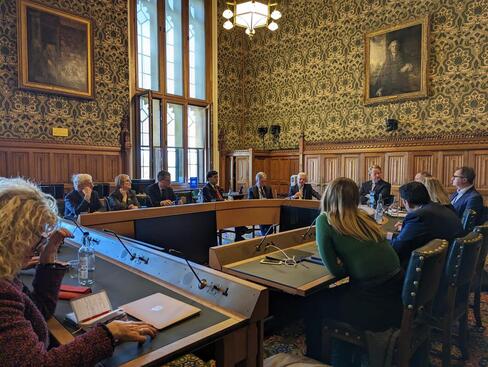 APPG on Global London, chaired by Gareth Bacon MP APPG on Global London, chaired by Gareth Bacon MP April has proved an interesting and varied month with a bit of rest and relaxation over the Easter break. As a former Chair of the City Bridge Trust (and still a member of the Bridge House Estates Board) I am always happy to talk about the work of this ancient foundation both in preserving the five City Bridges and in operating a grant funding programme giving away on average about £30 million per annum. https://www.citybridgetrust.org.uk/ It has some very innovative programmes that seek to help those most in need across Greater London. A call came for me to visit Blackfriars Bridge where a £15 million refurbishment scheme is taking place and to meet the TV cameras from GB News. It gave me the great opportunity to crawl (literally) all over the Bridge to see the paintwork and the scaffolding – safely, but curiously, suspended over the River. The final broadcast piece is on YouTube here https://www.youtube.com/watch?v=ohF79HQdU9I The Worshipful Company of Scientific Instrument Makers held a SIMposium on 3rd April addressing the issue of affordable and timely nuclear fusion. The Master, Dr Philip Thomas, wrote up the event and this shows a great array of knowledge and innovation within our grasp. https://wcsim.co.uk/when-will-nuclear-fusion-keep-the-lights-on/ As the lead in the Livery Climate Action Group I am heartened by this serious intent from Liveries to address topics where their professional expertise shows an ability to convene interested parties and engage widely. More of this please! The idea of two Liveries getting together to talk about mutually important questions is growing with the Constructors and Insurers meeting to tussle with some questions around sustainable construction and the interplay of insurance and new building methods. 70 livery members chatted over some knotty issues and did not all agree – save that talking and working together will be a good way to start improving working relations. A blog by the Insurers summed up the event. http://www.wci.org.uk/article/collaboration-the-key-to-sustainability It was a great evening. The London Chamber of Commerce have been the Secretariat to the All-Party Parliamentary Group on Global London since December 2021 and the advent of the City of London Chamber has led to a renewed engagement from the City Corporation under the Chair, Alderman Prem Goyal. I attended a recent meeting on the topic of Brexit Freedoms and how they are being capitalised upon to help London retain its global reach. The opportunities and challenges were outlined and quite a bit of discussion ranged round the question of the retention or abolition of all EU legislation without any prior scrutiny. Representatives of different sectors spoke as to the impact of Brexit on hospitality and international exhibitions including issues around VAT and visas. I was pleased to comment on the export of English law and the promotion of the English Courts and legal system for the determining of many international commercial disputes. This brings in significant foreign investment such that the legal services’ trade surplus in 2021 was £5.4 billion. This should be fostered and promoted. We also heard that the loss of duty-free shopping was impacting on the travel industry and needs to be resolved. Many strands were discussed but above all agreement was reached that levelling up should in no way lead to levelling down the contribution of London to the UK economy. My fixation on Dick Whittington has not yet abated as I was pleased to visit the Mercers’ Hall and see their exhibition about their famous Past Master and benefactor. More anon as May heralds at least two more Whittington related events. In between, I have been continuing visits to the businesses in my Ward of Dowgate to ensure that they have all the links that they want to the City and its activities. That has led to helping some queries around traffic, policing and charity “chuggers”. I have also had a few more meetings with Ambassadors following the Lord Mayor’s Easter Banquet that is held for all the heads of mission accredited to the Court of St James. Perhaps one of the more controversial things I have done this month was to attend The Big One – the name given by Extinction Rebellion to the March and other activities held over the weekend of 21- 24th April. Knowing that it was billed to be peaceful and inclusive I joined on Earth Day on Saturday 22nd. Parliament Square was full of people with a mission to challenge the climate crisis but to do it thoughtfully and with fun. There was a Christian service and other events including crafts and serious discussions. I was pleased to be part of a movement that encompassed so many views in society and ended up very peaceful but then again, not given really any air time on the news. Each electoral ward in the City of London holds an annual meeting, called a Wardmote to meet the electors and others working or living in the Ward. On 22nd March Dowgate Ward held this event and we had a good turnout both from voters we know well and those new to the electoral roll from a range of businesses in the Ward.
The Wardmote started with a traditional ceremony led by me as the Alderman during which I appointed the Honorary Ward Clerk, Michael Stewart and my Deputy, Henry Pollard. All present elected the Ward Beadle who is John Cash. That role probably predates that of the Alderman ( 900 years old) and started as the equivalent of a Ward Constable but is now more ceremonial. However John carries the ancient Dowgate Mace (see picture) that could hurt someone if used in anger. When this ceremonial was concluded the three elected representatives - Alderman Alison Gowman, Deputy Henry Pollard and Common Councillor Mark Wheatley - gave an update on the activity over the past year, the range of committees they serve highlighting some important issues. This was necessarily only a brief overview and all members would be happy to talk more about the range of activity they undertake at the Corporation and visit businesses and voters in Dowgate Ward when convenient. An update had been requested from the City of London Police and two officers who cover the Dowgate and Fleet Street areas spoke followed by a short presentation by James Chapman, the Station Commander of Dowgate Fire Station (the second busiest in London). The next formal meeting with the local City Police Officers is on 24th July at the Salvation Army HQ on Queen Victoria Street. If you want to be in touch please email : [email protected] A question and answer session threw up a range of queries, where the following questions were asked and responses given and enhanced later with information from the Environmental Services department as follows:
All three members are keen to meet businesses, residents and other voters or occupiers and so do get in touch. I am indebted to Deputy Henry Pollard for sending a briefing to all voters following the meeting which I have used to create this blog. 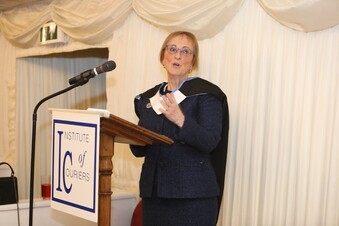 Receiving the Honorary Fellowship of the Institute of Couriers at the House of Lords Receiving the Honorary Fellowship of the Institute of Couriers at the House of Lords When anyone asks me if life is quieter now I am no longer Sheriff I refer them to my blogs online. Life is excitingly busy as I pursue my work for Dowgate Ward, the City and its businesses and work to create a more responsible society. I have written separately in a blog about International Women’s Day and the importance of celebrating diversity in the City Women to the front (alisongowman.org). I will write also about Whittington600 at length but here are some highlights of my last 5 weeks. I never fail to be proud of my Ward of Dowgate. No less than 5 businesses were in the short listings for the Clean City Awards where Cannon Place won in both the Plastic Free City and Clean Streets Partnership Awards and Cannon Bridge House scooped the Chairman’s Award for overall excellence in FM. The end of March saw the annual Ward Mote for voters and we had a stellar turn out at Innholders’ Hall. Our Ward Police Officers attended to answer questions. Just as well since rough sleeping, anti-social behaviour and waste issues were raised by those present. These meetings tend to focus on local problems but I was keen to let the audience know about the Lord Mayor’s and my work on promoting financial and professional services since the majority of the attendees all work in FS. My work for the Livery Climate Action Group Home - Livery Climate Action Group (liverycag.org.uk) is a regular commitment of time and events. We held an in-person seminar about Almshouses and how to meet net zero. We calculated about 14 Liveries still have almshouses which date from all centuries and with a variety of issues. The Master Chartered Architect, Chris Dyson, masterminded an array of professionals to speak about this complex area to much acclaim. This helped the Liveries and other attendees consider the future of their important social housing. Maybe at the other end of the scale the City hosted the Transition Path Taskforce in a very full Guildhall. TPT are driving businesses to create, publish and stick to verifiable plans to meet net zero commitments rather than just talk about it. Led by Amanda Blanc, CEO of Aviva and Minister Baroness JoJo Penn. A lesson to us all. I was honoured to be made a Fellow of the Institute of Couriers at a ceremony at the House of Lords. The IoC represents the logistics industry and last mile express delivery service. In the last 12 months they delivered 60 billion packages in the UK. They have set up a new road safety committee and, with my interest in this area, I was delighted to join the Commissioner of Transport for London, Andy Lord, as an Hon Fellow. Covid showed how important this sector is to our economy and personal lifestyles. Safety alongside reducing emissions and air quality are key factors as they also promote skills, training and efficiency. The month also gave me some out of City events. The Plaisterers Livery, where I am a Past Master, has a strong link with the RAF and are affiliated with the 282 Air Cadets in Newham. We were given the great privilege to go up in a Voyager Airbus from Brize Norton to experience the refuelling of a variety of fighter jets. It was an unforgettable experience to see the expertise of the pilots as they lined up the nozzle and the hose to take on board in-flight fuel. The Airbus flew over the North Sea roughly near to Newcastle upon Tyne as we looked for the thirsty jets. We did not have to wait long as we witnessed Saudi, Finnish and UK jets line up and refuel. On board we had great RAF expertise to explain the issues and the dangers. The air cadets were thrilled and showed their own fantastic training and expertise in viewing the amazing scene. Back down on terra firma I walked the path of the proposed Camden Highline https://www.camdenhighline.com/ This is a new park in the sky linking Kings Cross and Camden and creating a high level green space for exercise, fresh air and fun. It has planning permission and now needs to raise the funds. I enjoyed a pleasant walk with the Master Gardener John Gilbert and Consort Lynn Berry. One final enjoyable experience was a visit to the Guildhall Art Gallery and the exhibition The Big City – well worth a visit. It is literally an exhibition of gigantic sized paintings depicting the ceremonial side of City life and of the buildings and infrastructure. https://www.cityoflondon.gov.uk/events/the-big-city Did I mention I slept for the Lord Mayor's Appeal? You can still sponsor me Alison Gowman is fundraising for The Lord Mayor's Appeal (justgiving.com). 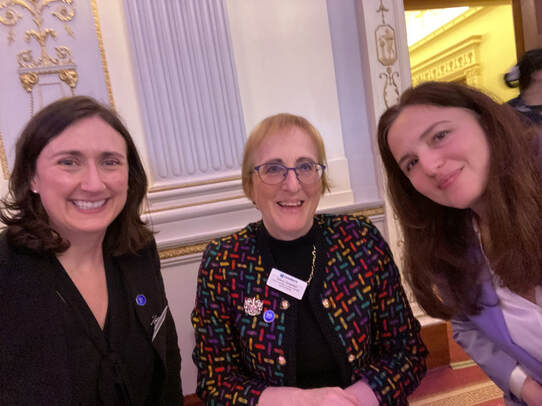 LSEG celebrate 50 years of women Claire Dorrian me Katya Gorbatiouk LSEG celebrate 50 years of women Claire Dorrian me Katya Gorbatiouk Rarely do I write just about gender diversity and now is not the moment to start. But events over the last couple of weeks mean that I do want to shout out for the courage and tenacity of women in the City of London (and elsewhere) who have forged a difficult path or struck out alone to break down barriers or crash ceilings. On Thursday I attended a lunch to celebrate 50 years since the London Stock Exchange admitted women to the floor of the Exchange. Six women from that vanguard were at the lunch and they were given a standing ovation as the giants on whose shoulders we all stand. Well done to Julia Hoggett and the London Stock Exchange to celebrate this moment. History shows it was not as radical as it sounds as it was rather forced on London as they merged with the regional UK exchanges where women were already traders. Nevertheless, the steps were taken and the business adapted and, indeed, improved due to that initiative. You have to take every ball thrown at you to succeed. That was 1973 just five years before I started as an articled clerk (trainee) with solicitors Alsop Stevens (now DLA Piper). I did have fellow female articled clerks and solicitors in the firm, but 7 years’ later I became the first female partner. The women at LSEG did not see themselves as giants and nor do I but younger colleagues often remark on that success and wonder what it was like. The lawyers, unlike the traders were relatively polite and ribald jokes were not the usual banter in a City law firm. I was known by the nickname of “boy” by one colleague even when I was by then a full partner with him! Financial services have not been able to diversify their workforces as effectively as the professional firms (and some of them need to do a lot more). Whilst the 30% Club has had success in the number of women on Boards in the FTSE350 – meeting their target, the non-executive positions are largely below 30%. Fintech seems to be where most progress is needed, according to the marvellous article by the FT about the women in the LSEG and they report the data from HM Treasury. https://www.ft.com/content/aff6433f-5231-465a-a96c-a2219c2d1dc1 Last week I also attended the IBDE annual meeting where I sit on its Advisory Board for EDI – looking at the much wider picture than just gender. We have just completed a survey amongst businesses about how EDI intersects with business development, trade, cross border discussions and ESG. Looking at EDI through the prism of such direct business engagement is a very powerful way to see how much more we need to do in the business community generally. The results of the survey will be published fully in due course. On International Women’s Day I hosted the annual gathering in Guildhall to celebrate the role of women with an audience drawn widely from across the City and associated organisations. The event has been running for over 15 years and has raised the profile of women in the City whilst raising over £300,000 for the charity Refuge. We have embraced male contributors, heard from domestic abuse survivors, military and police as well as education, sport, charity and the arts. Women everyone want to #EmbraceEquity (the 2023 UN theme for International Women’s Day). We still need giants from all parts of the business with varied backgrounds and experiences to keep up the momentum. To embrace all comers in order to create better businesses that reflect our society, our customers and our world is a good yardstick. 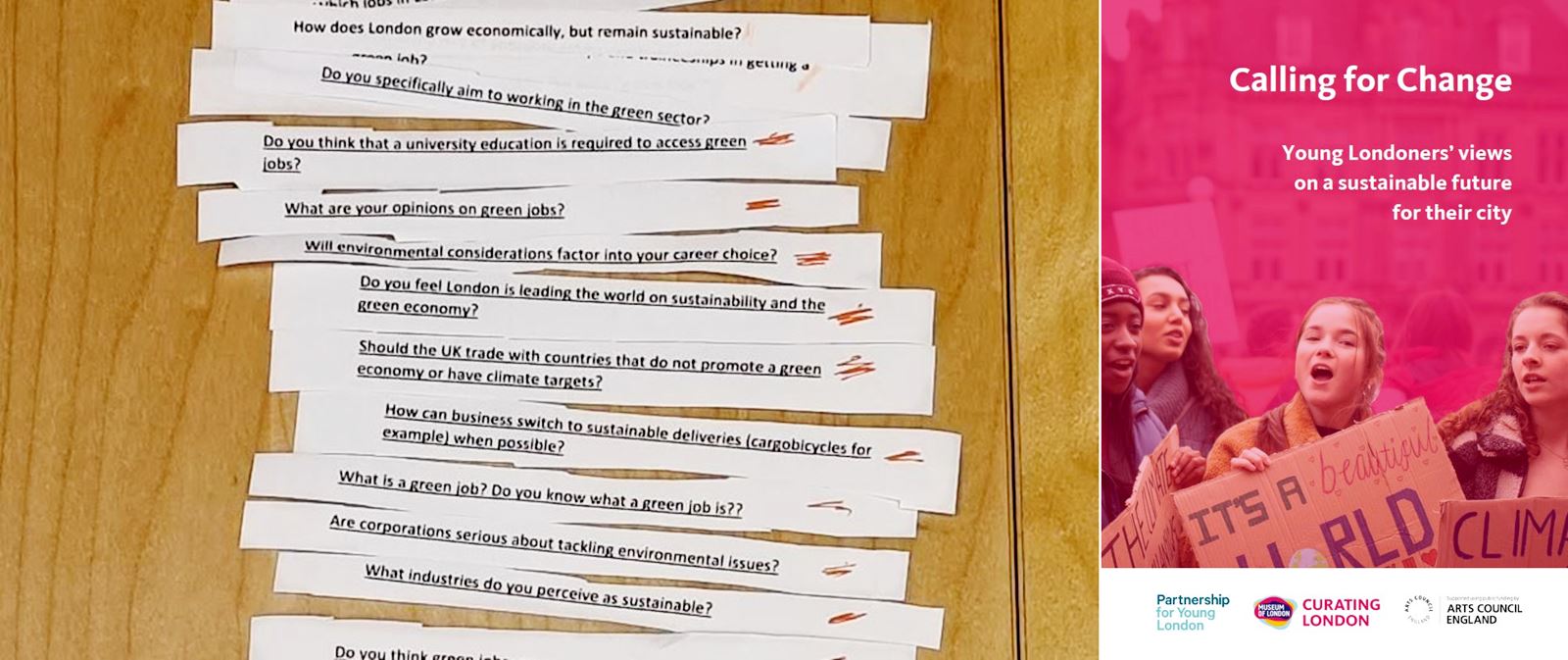 How often do we get a chance to listen to what “Young People “ think? Not just as individuals but by way of a reasoned and creditable survey? I was pleased that the excellent charity, Partnership for Young London collaborated with the Museum of London to hear from GenZ about their concerns and how they would impact the Museum as it plans its future - and shapes our London of the future. The report is here on the Museum of London website.https://www.museumoflondon.org.uk/collections/about-our-collections/enhancing-our-collections/curating-london/calling-change-young-londoners-views-sustainable-future-their-city As a Governor of the Museum I am interested in how we present ourselves on our new Museum site in West Smithfield. We want it to be a Museum for London and for Londoners and so we cannot afford to miss the generation bubbling up with ideas on our doorstep. The survey is part of a wider engagement but this element focussed on creating a sustainable London. The results showed that this group do not consider London is yet a sustainable City. They want more pedestrianisation with fewer cars and more cycling infrastructure and better air quality. Whilst they view the main movers with responsibility as Government (national and local ) and business; they want to get involved directly. There are barriers to their involvement around time and money, but I was most struck by the answer that there is a fear of repercussions by others on their views and activity. A big gap for many young people is the lack of formal education on topics around climate and the environment. Left to glean this from social media and the internet may lead to the wrong or biased information being provided. Young people want to have sustainable employment but there is a lack of clarity around the type of employment that they might be able to get. From the Museum’s point of view it was good to hear that the participants felt that the arts and cultural spaces have a role to play and a responsibility to educate on environmental issues in the widest sense. Gen Z want the Museum to call on them to co-produce programmes to meet these needs; to offer more hands-on learning and truly represent their views and values. Let’s hope not only the Museum, but also the rest of society, can start to address the wider points raised by GenZ as to a proper educational programme that can help us all address these pressing issues; weighing up the consequences and providing a location and passion for discourse as well as providing our next generation with employment that will address the needs of our net zero future. 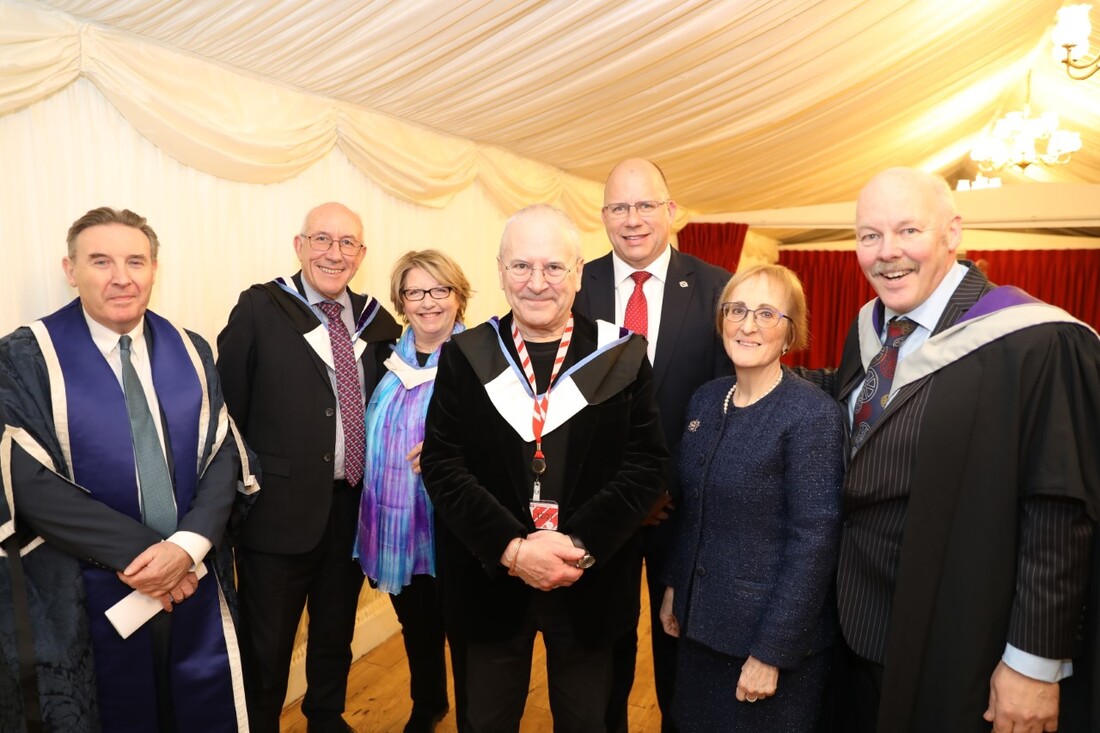 President (centre) Chairman (far right) and Honorary Fellows of the Institute of Couriers President (centre) Chairman (far right) and Honorary Fellows of the Institute of Couriers I was duly honoured last week to be made an Honorary Fellow of the Institute of Couriers in a formal ceremony at the House of Lords. The new President Lord ( Peter) Hendy installed me with a Fellow’s hood of the Institute of Couriers. This organisation may not have a high public profile but it is a key part of the logistics infrastructure of the UK and during the Covid pandemic revealed how the connections and deliveries its members make were vital to our health and economy. That continues as the sector delivered 60 billion packages in 2022. The vision of the Institute is to be “A UK courier sector which is ethical and professional and which is understood and valued by governments, businesses and the public.” The members share knowledge, commit to training and competence skills in the sector and work to deliver excellence. Its many activities include developing policies and practices that enhance the sector and the standards it provides to its customers. It has achieved great recognition in the way that the express e-retail service has grown and the Institute provides engagement at all levels from Government to local government, military and police. The Institute promotes education and training and works with FE colleges Universities and other organisations to provide a fully trained workforce. Some of the many strands of work include improving air quality and road safety. It is that latter area of work that drew me to understand how key the Institute members are to keeping our roads safe. A new road safety committee has been set up and this will drive even higher standards. Individuals are honoured by the Institute to become Fellows – nominated by their organisation for their expertise and loyalty. My Honorary Fellowship is an exceptional honour that has been awarded on only a few occasions. I was given the honour alongside Andy Lord the Transport for London Commissioner. Other Honorary fellows are Sarah Bell, the Traffic Commissioner, Prof Peter John CBE Vice Chancellor of the University of West London and Leon Daniels OBE former TfL Commissioner. I will use this role alongside my position as Chair of the London Road Safety Council to enhance and promote road danger reduction across London. 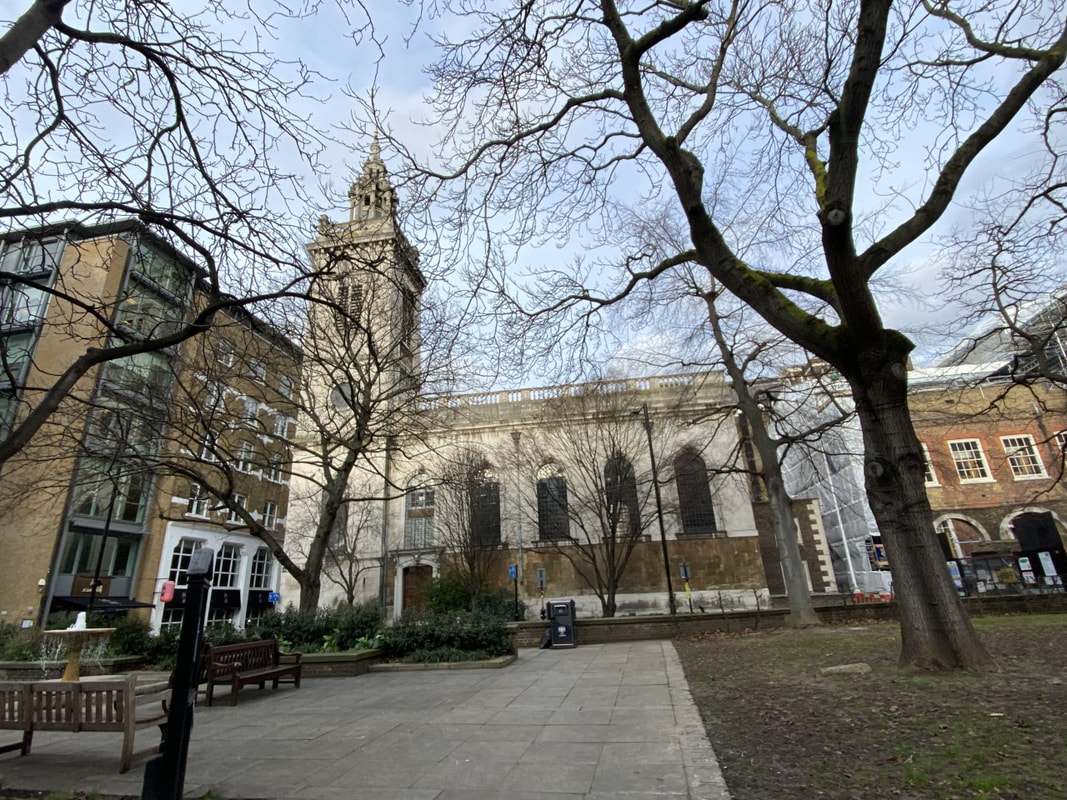 St Michael Paternoster Royal Church with Whittington Gardens, Dowgate Ward St Michael Paternoster Royal Church with Whittington Gardens, Dowgate Ward The New Year always allows some review and planning and 2023 gives me the chance to determine my future ambition in the City of London. My ambition is to create a Responsible City and one that is open to all the world. This would encompass: • green finance (a Just Transition) and setting proper ESG benchmarks and taxonomy as well as promoting climate action strategies in the built environment with a focus on property matters; • continuing engagement with the widest communities that cross the City including employees, stakeholders, shareholders and customers of our businesses (building on social mobility and financial inclusion); • tackling fraud and anti-money laundering in order to show that the City addresses issues that besmirch our reputation; • promotion of the work of the Judiciary and the Rule of Law; and the philanthropic work of businesses in stewarding investments and dispersing funding by grants and social impact investment with proper monitoring as well as more traditional social responsibility. Following these points this month I have spoken at two events around the ESG and Green Agenda. On 12th January I spoke at the World Traders’ Livery event looking at the challenges of ESG for today in a really practical way. A recent survey by Sensu Insight reported how public trust in business was waning and so claims are met with objections as to greenwashing or greenhushing. A 2 hour debate ensued led by Dr. Amina Aitsi-Selmi and Nick Mayhew. A further event hosted by CISI and the Financial Services Group of Livery Companies looked at the outcomes of COP27. A wide range of opinions was voiced with much concern but also buoyant optimism that more can and will be done. The World Economic Forum took place in Davos and sadly I did not attend in person, but was able to tune into a series of meetings online and so used much less carbon. I was very impressed with one initiative that speaks to my long held belief that we need to harness the philanthropic engagement with the public and private forces to do good. This new initiative took the name of GAEA and was launched at Davos by the WEF. Using the initials of the word meaning Earth or Mother Earth - Giving to Amplify Earth Action – GAEA’s programme will leverage philanthropic capital to help generate the $3 trillion needed each year from public and private sources to tackle climate change and nature loss. It is ground-breaking and supported by more than 45 major philanthropic, public and private sector partners. Property is one of the largest emitters of carbon dioxide in the City of London and the City Corporation’s Climate Action Strategy is working to reduce them. Heritage Buildings have their own complications and there are 600 Listed Buildings in the City alone. In creating a framework for listed and heritage buildings the Corporation called a meeting of professionals to discuss the issues. Our group including architects, property owners and solicitors saw the problems and found some solutions or preferred outcomes. The final guidance will be issued in due course. which I will share with you. 2023 means you may hear a lot from me about Dick Whittington. This is the 600th anniversary of his death. He lived in my Ward of Dowgate and was buried in the Church at St Michael Paternoster Royal, although the Church has burnt down, been bombed and rebuilt twice since 1423. His grave is no longer marked but he does have a Blue Plaque. Dowgate Ward is planning a commemoration. However what is important to mark is his rise to riches in the City as a merchant in cloth (Mercer), his civic service as (Lord) Mayor of London and his philanthropic generosity to the City during his life and in his will. An example to us all. A display of his will and other objects is now at the Heritage Gallery in Guildhall. I will be taking part in the Lady Mayoress’s Sleep Out for the second year. Pitching a sleeping bag in Guildhall Yard on 16th March. I shall be pleased of any sponsorship on my Just Giving page for the Lord Mayor’s Appeal and Pret Foundation helping homeless and rough sleepers in the Capital. https://www.justgiving.com/fundraising/alison-gowman Please support me. |
Details
AuthorAlison Gowman Archives
January 2024
Categories
All
|
Follow Alderman Alison Gowman on Twitter: https://twitter.com/GowmanAJ
Alison Gowman: As an elected Alderman within the City of London: https://democracy.cityoflondon.gov.uk/mgUserInfo.aspx?UID=229
Privacy policy: https://www.alisongowman.org/privacy.html
Cookie policy: https://www.alisongowman.org/cookies.html
Terms & conditions of website usage: https://www.alisongowman.org/tandc.html
Alison Gowman: As an elected Alderman within the City of London: https://democracy.cityoflondon.gov.uk/mgUserInfo.aspx?UID=229
Privacy policy: https://www.alisongowman.org/privacy.html
Cookie policy: https://www.alisongowman.org/cookies.html
Terms & conditions of website usage: https://www.alisongowman.org/tandc.html

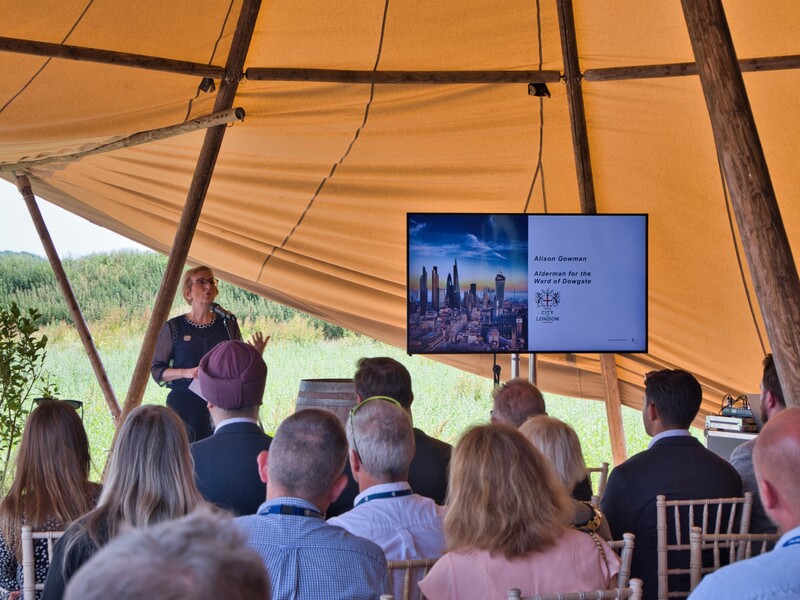
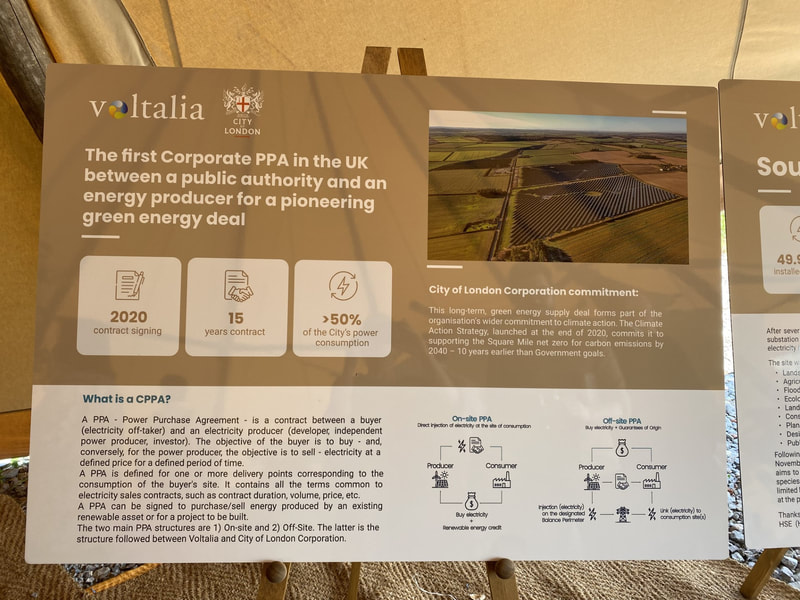
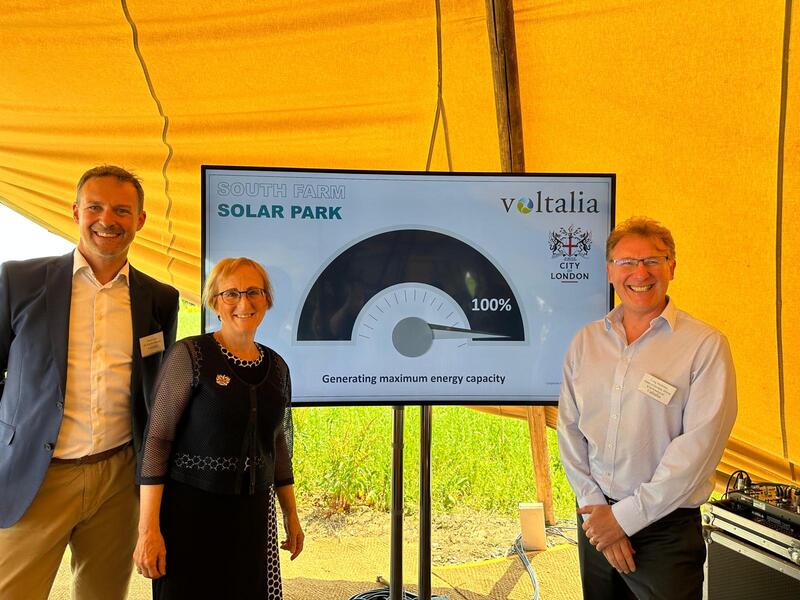
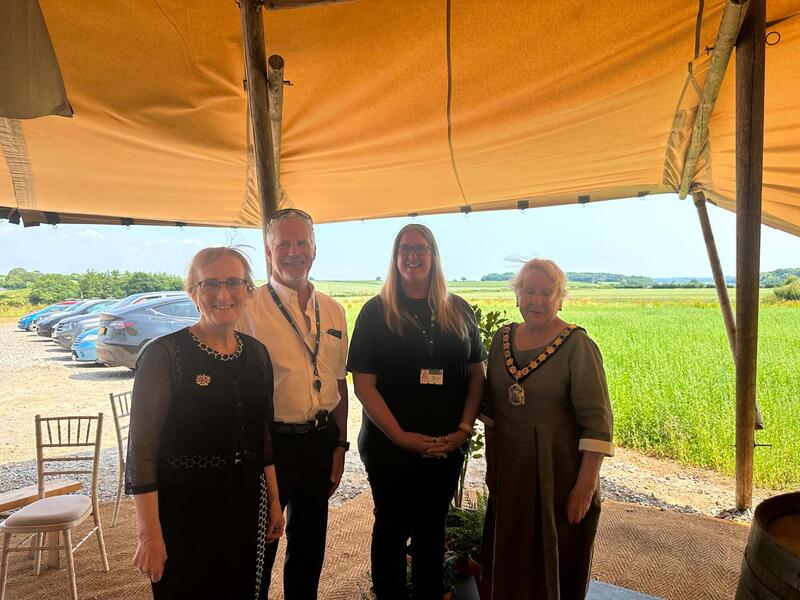
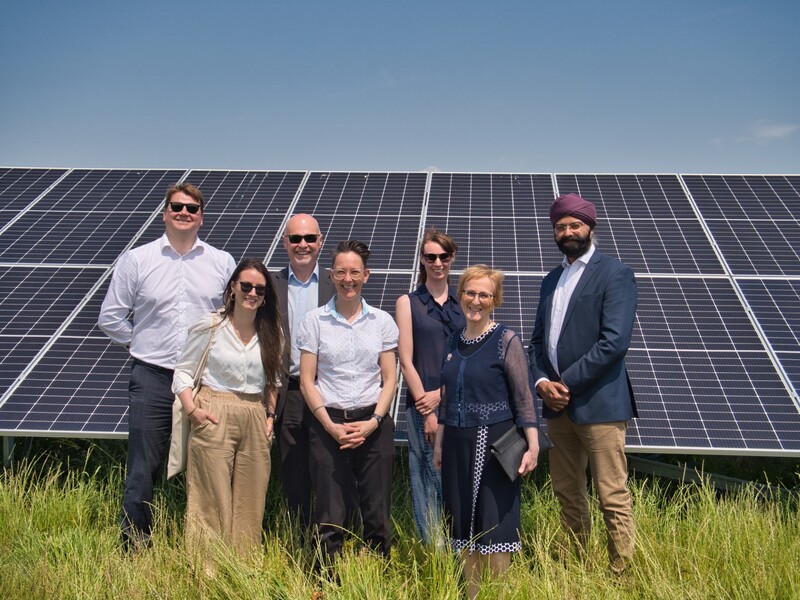

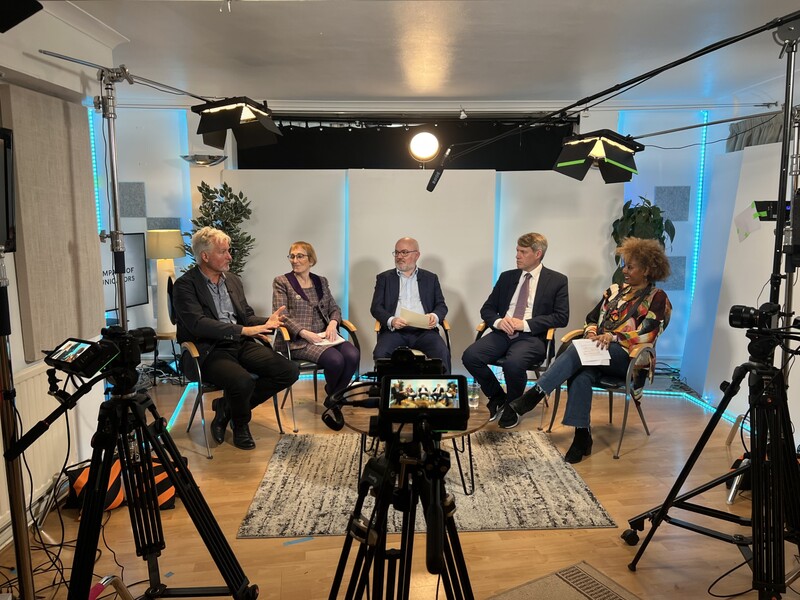
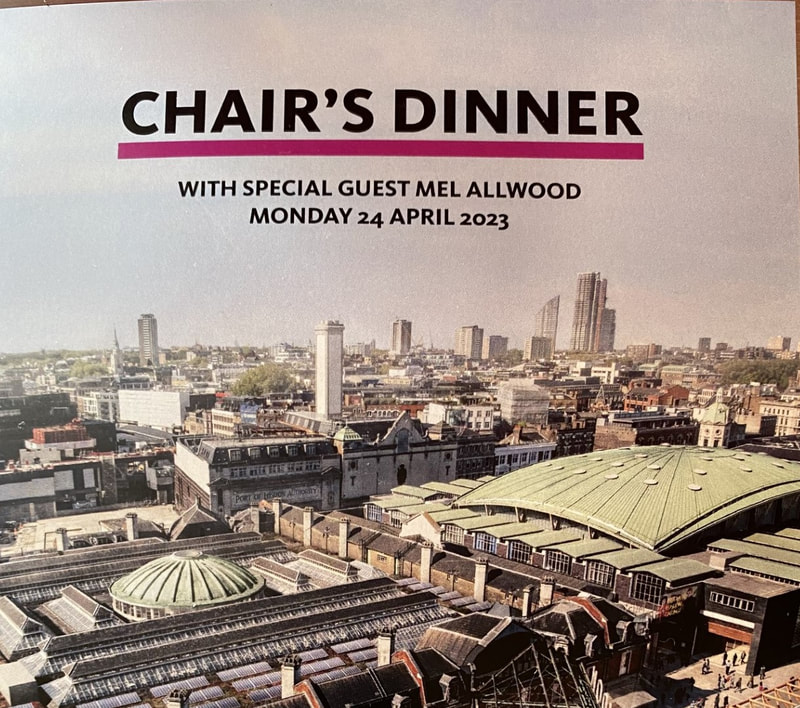

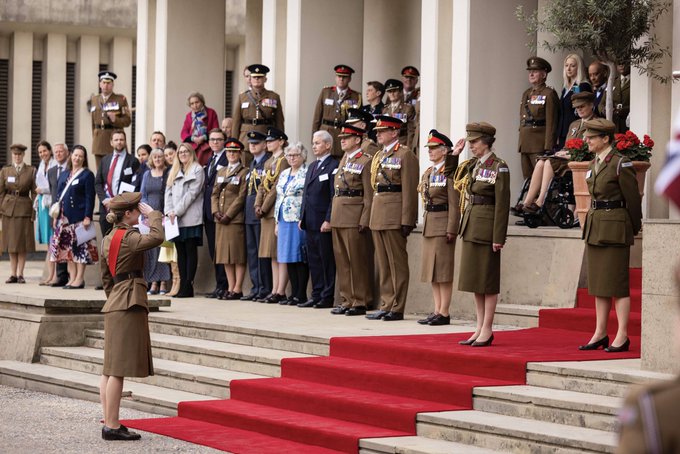
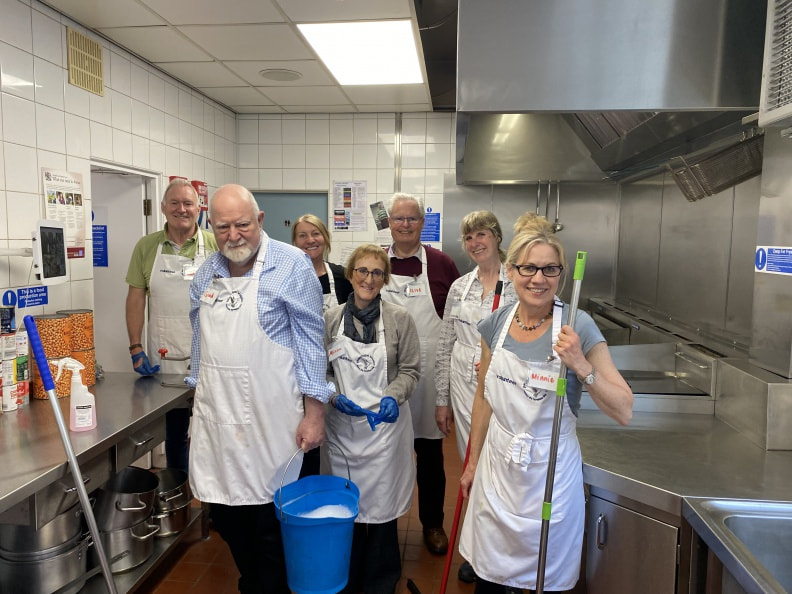
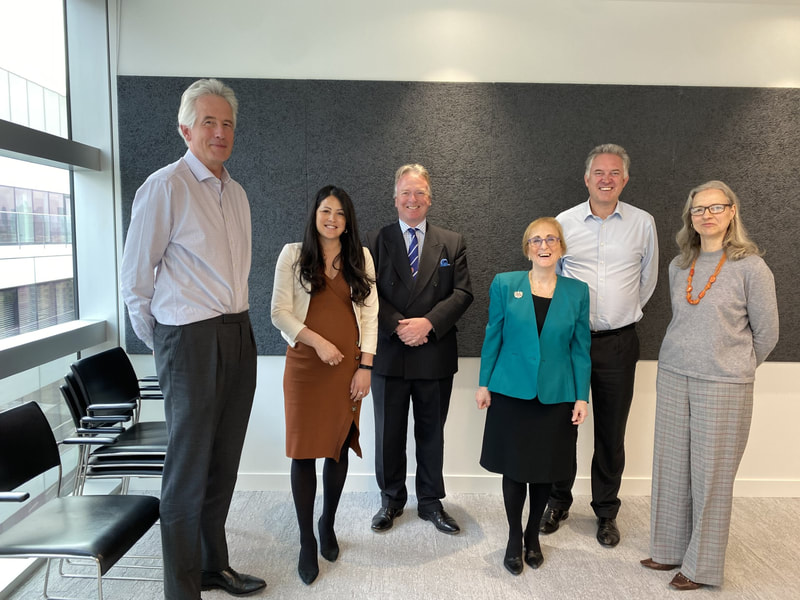
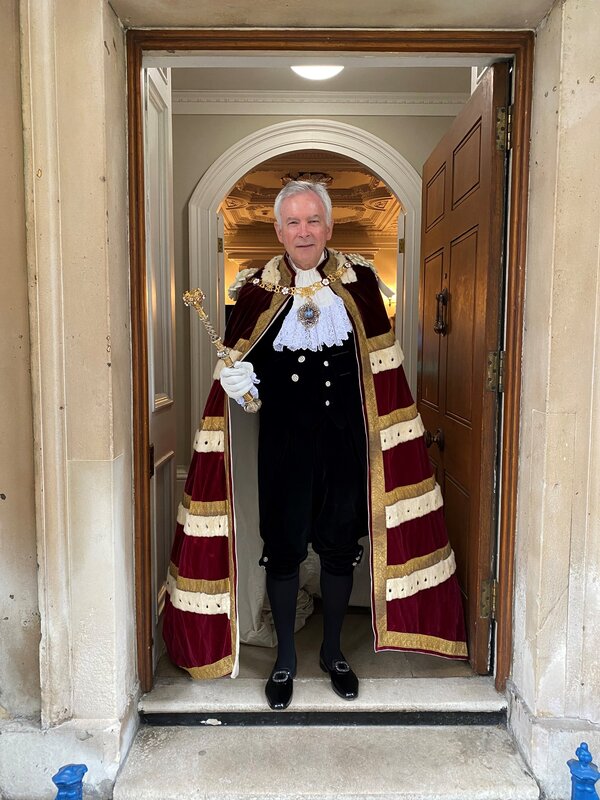
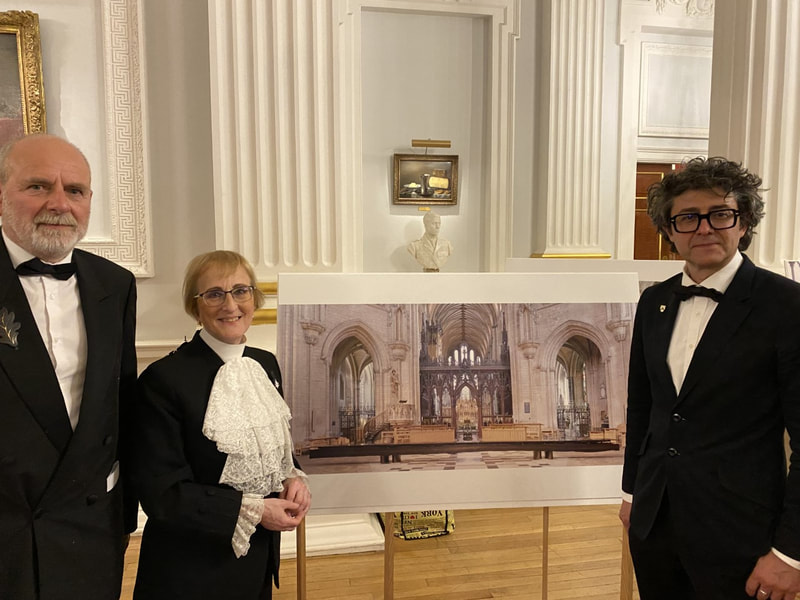
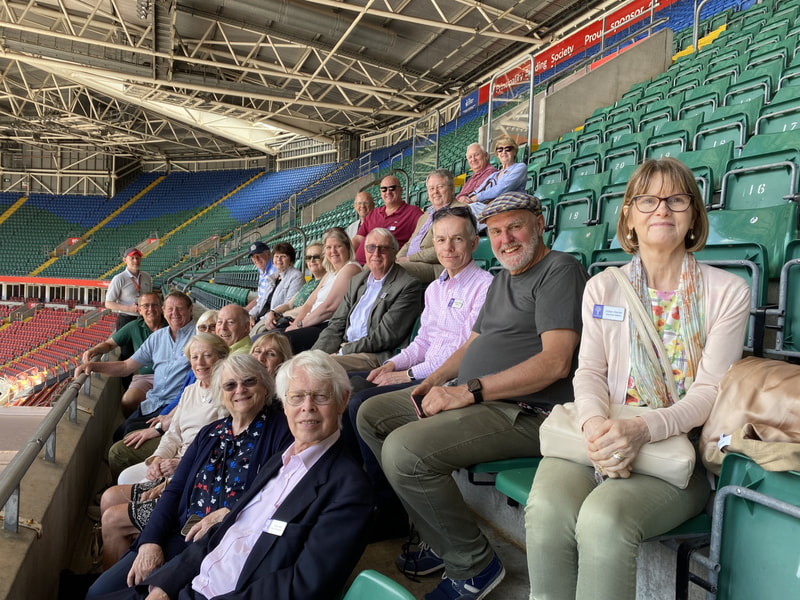
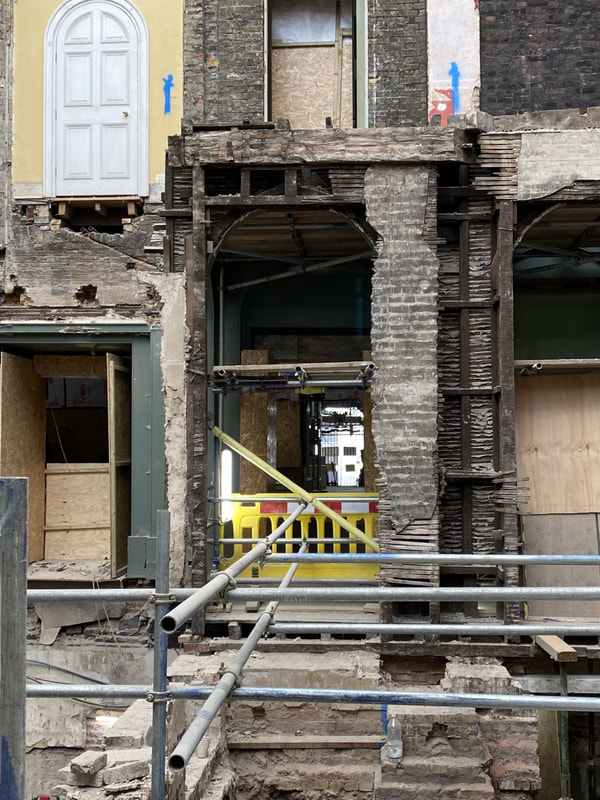
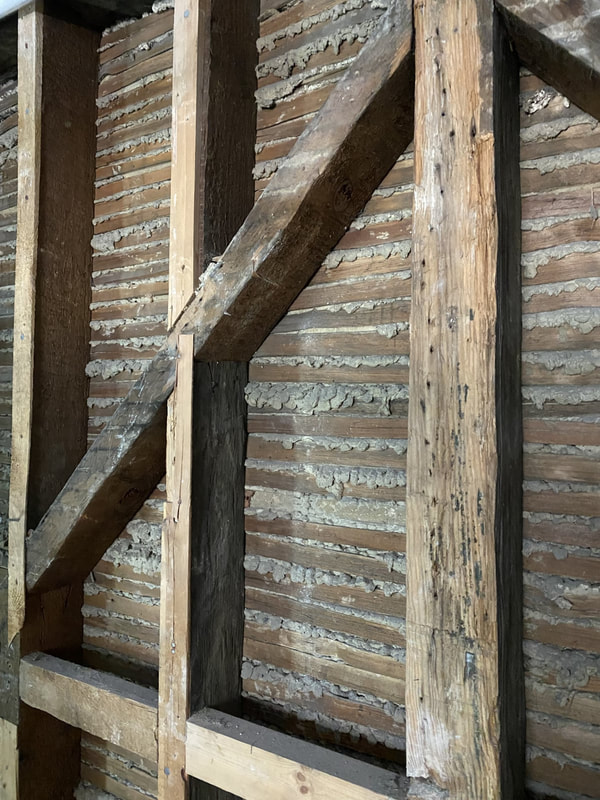
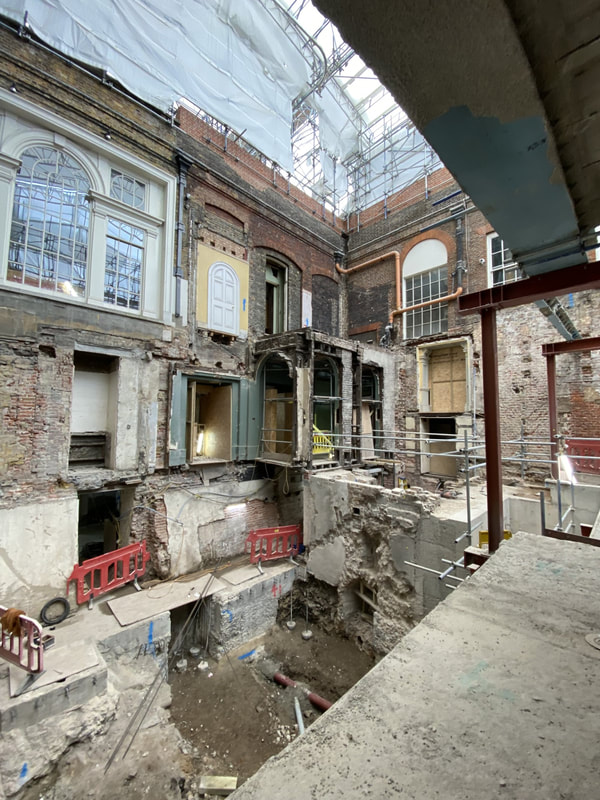
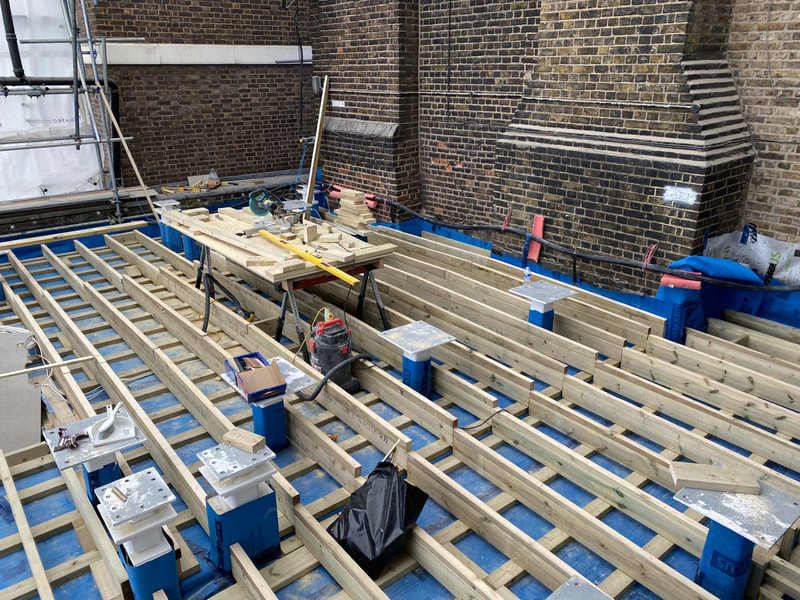
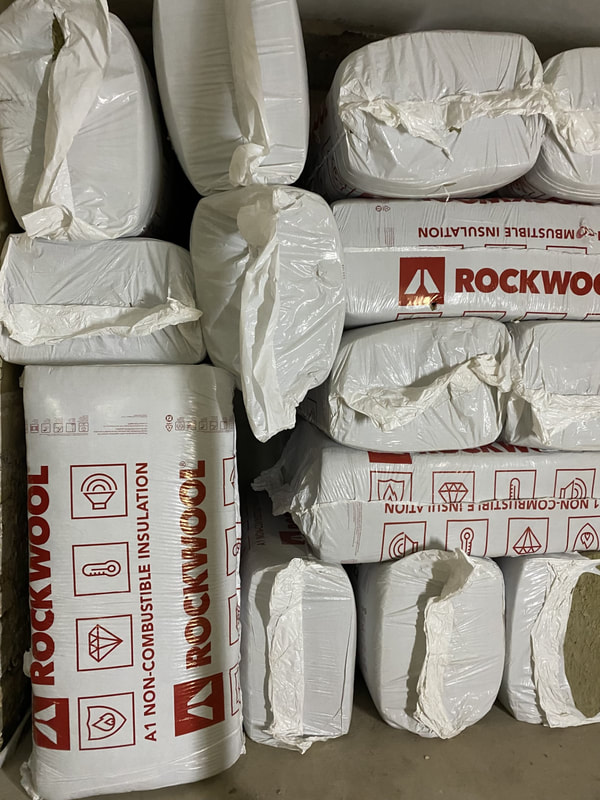
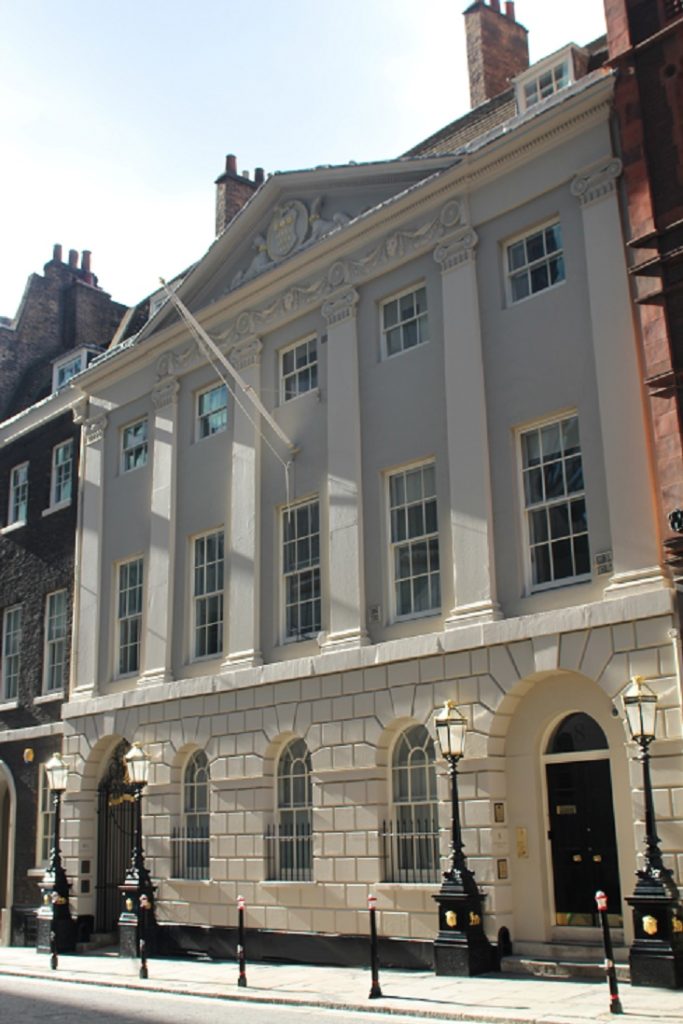
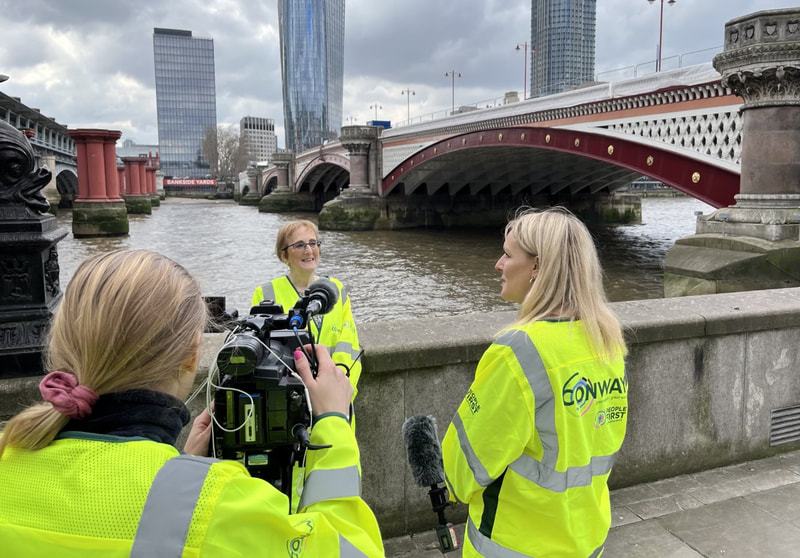
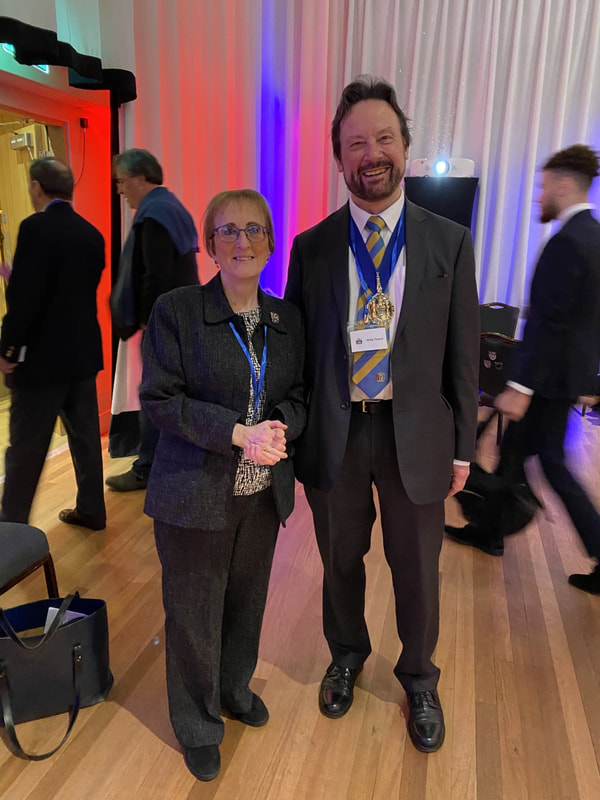
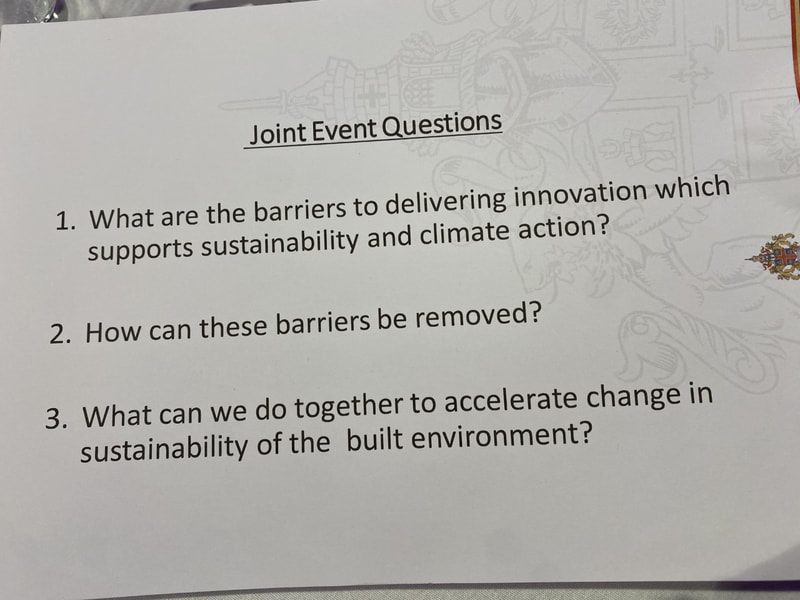
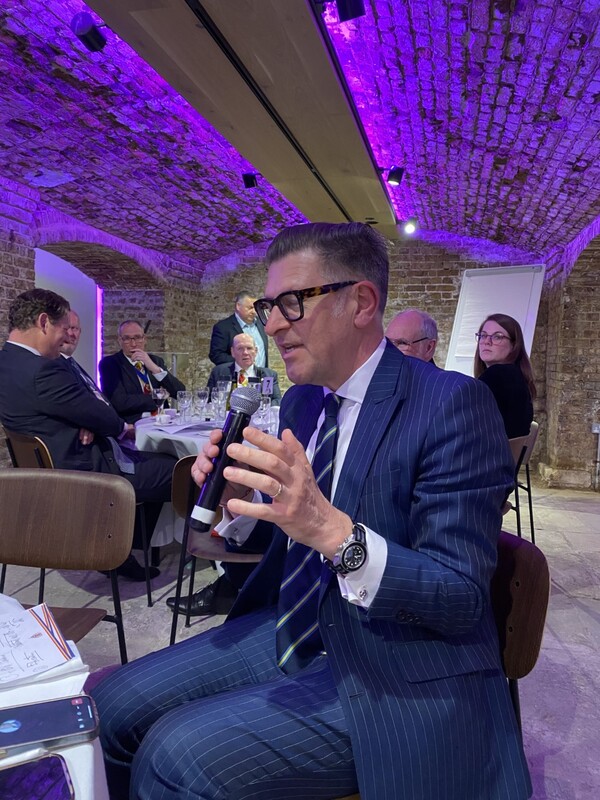
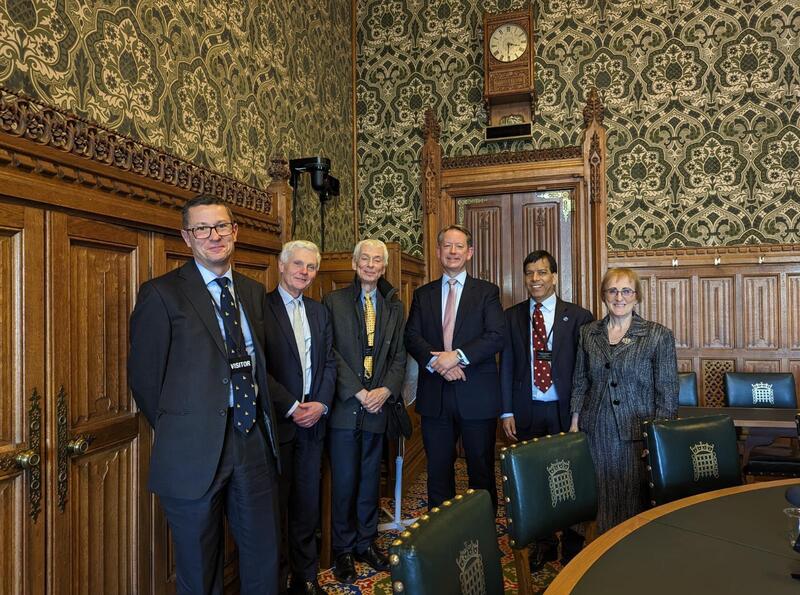
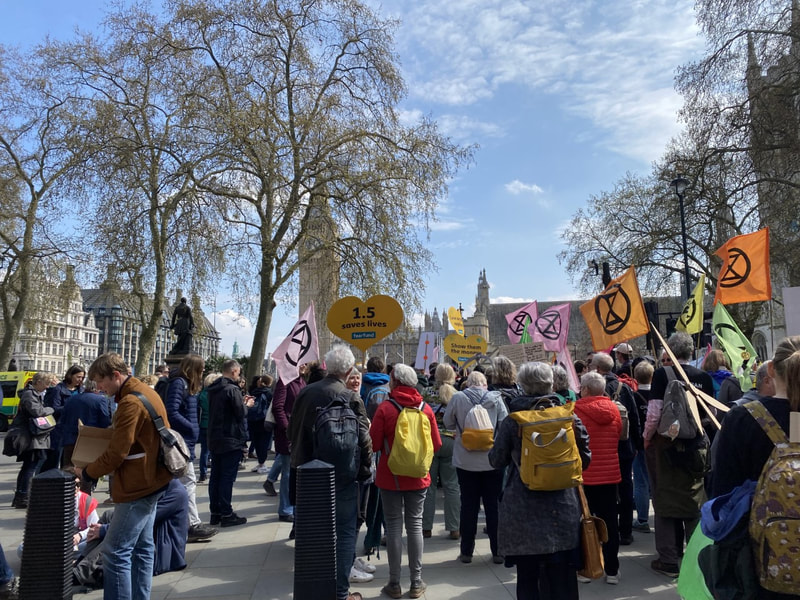

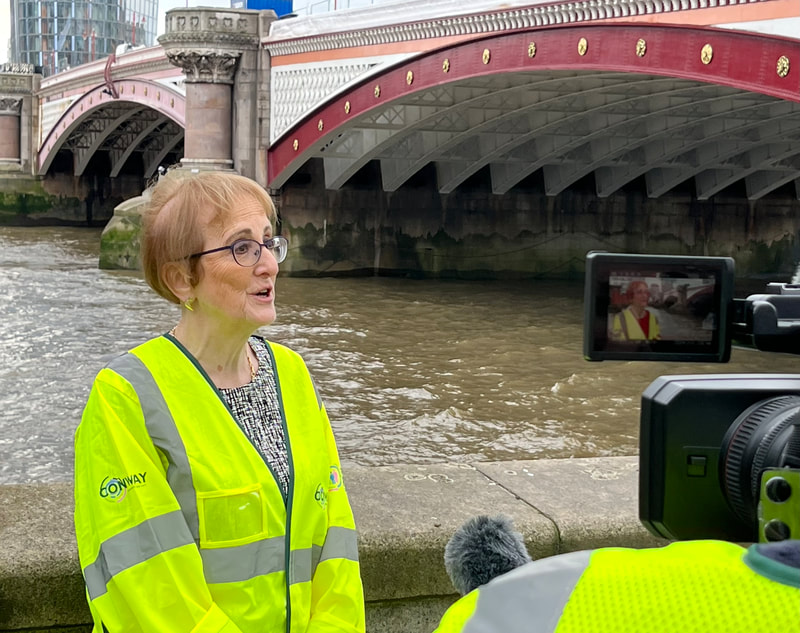
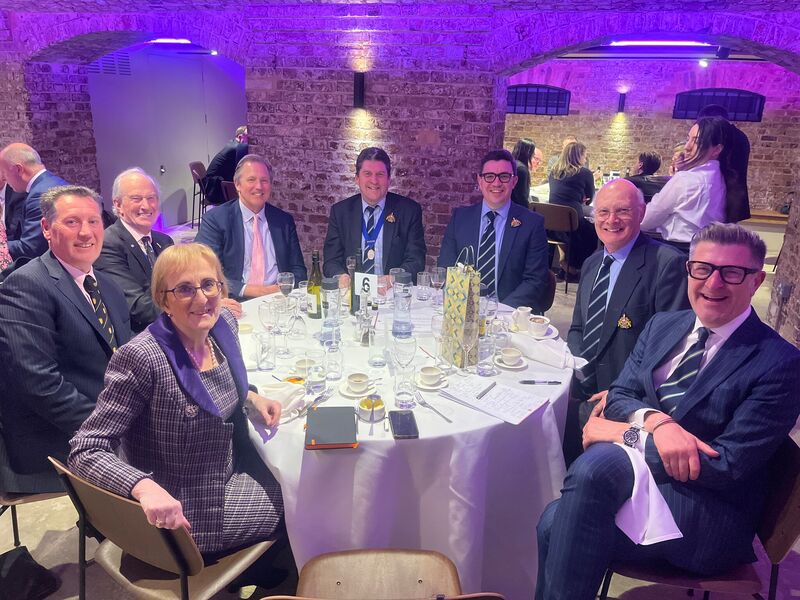
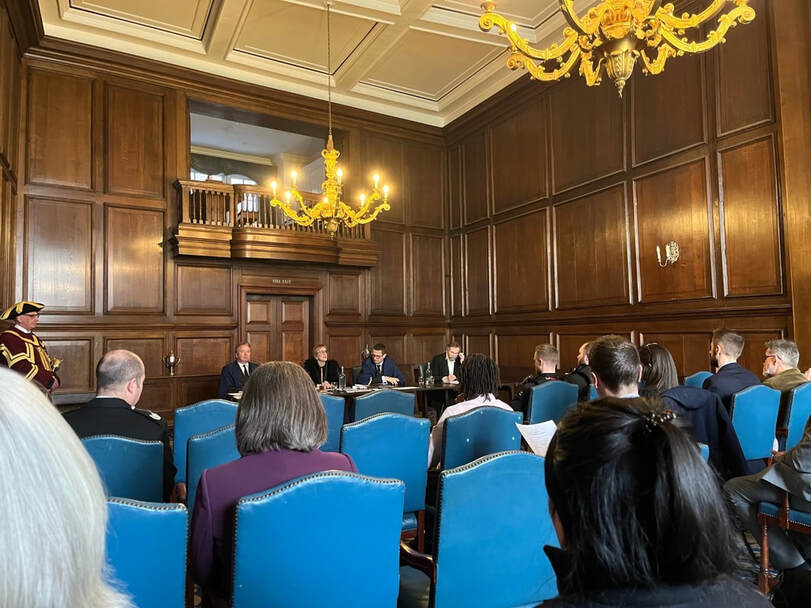
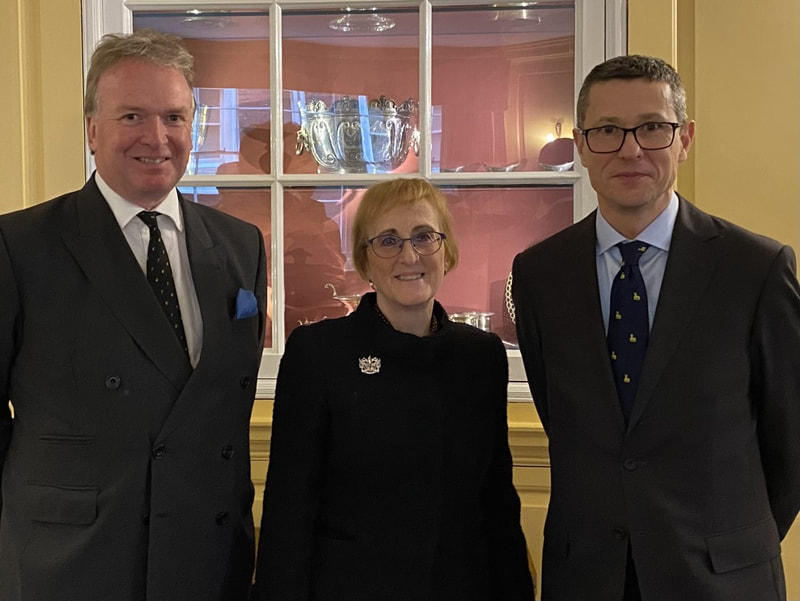
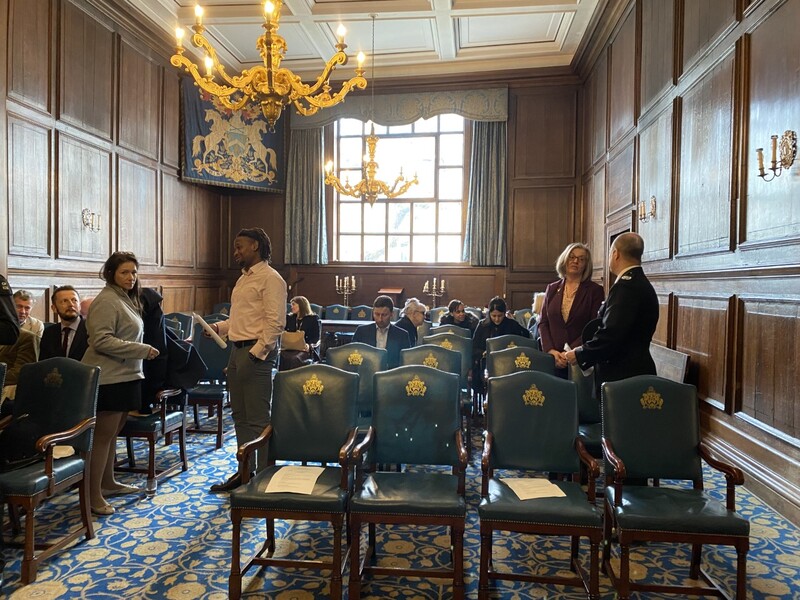
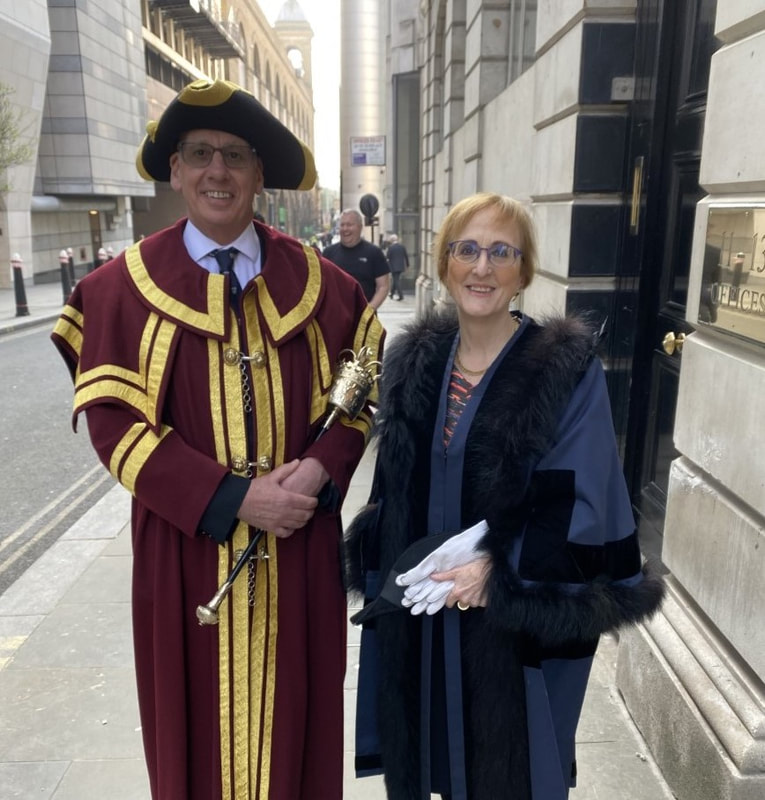
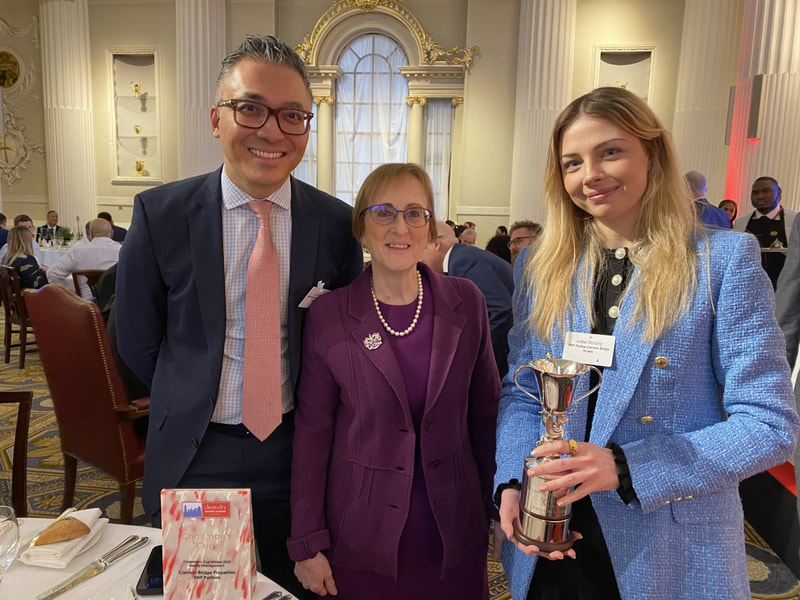
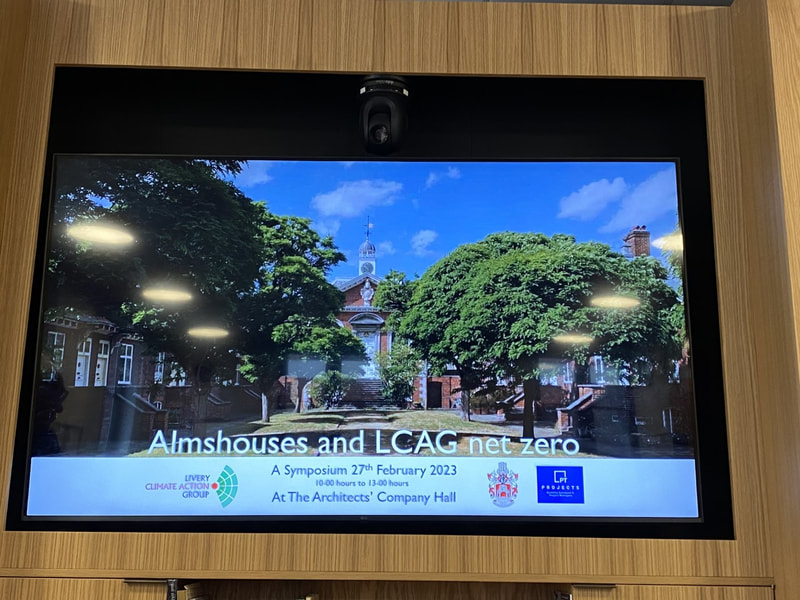


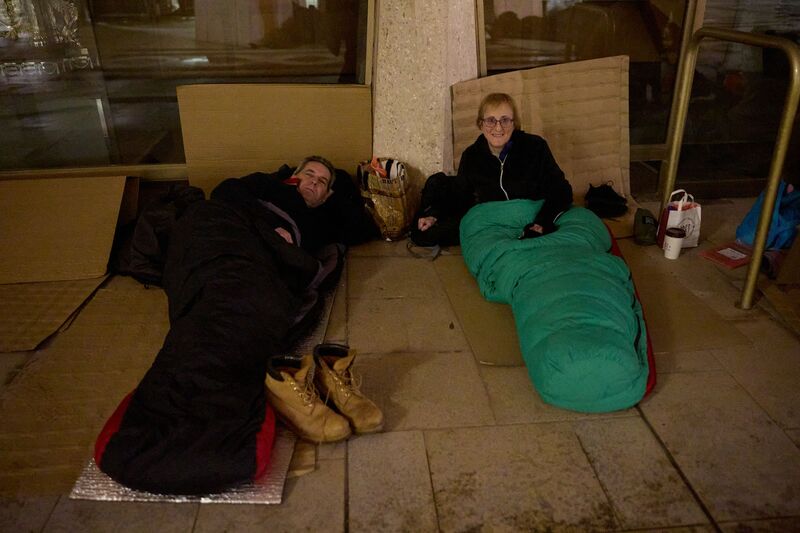
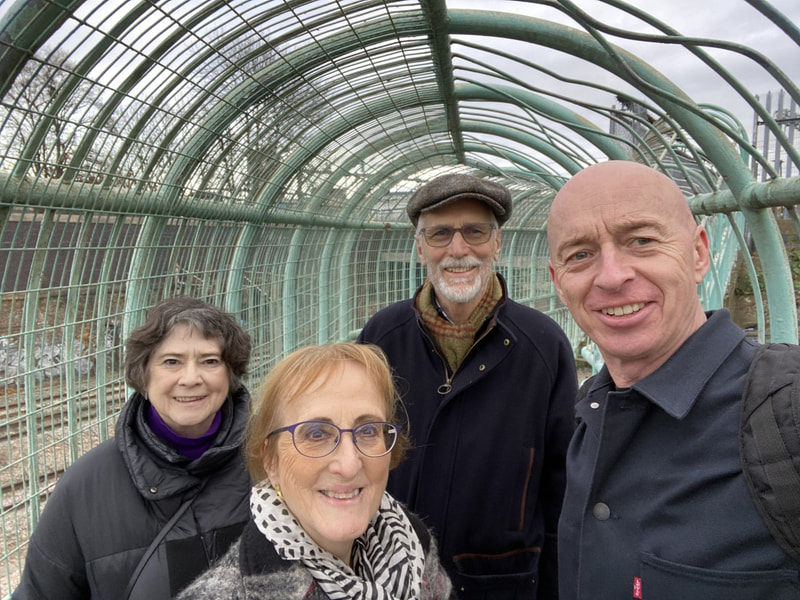
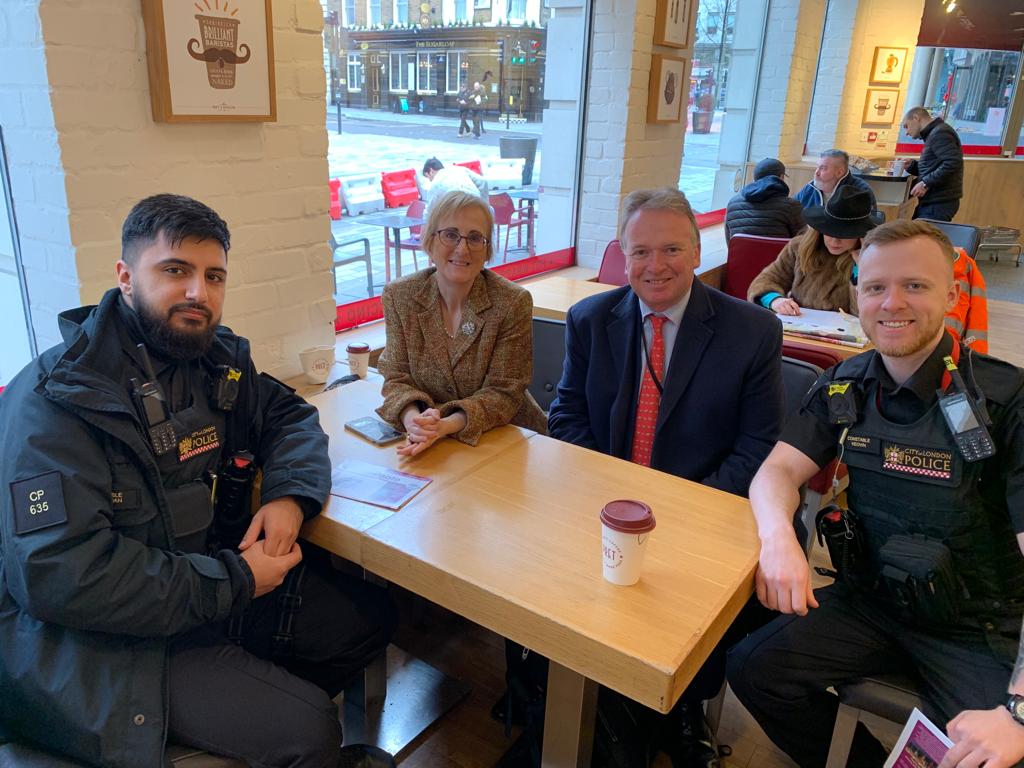
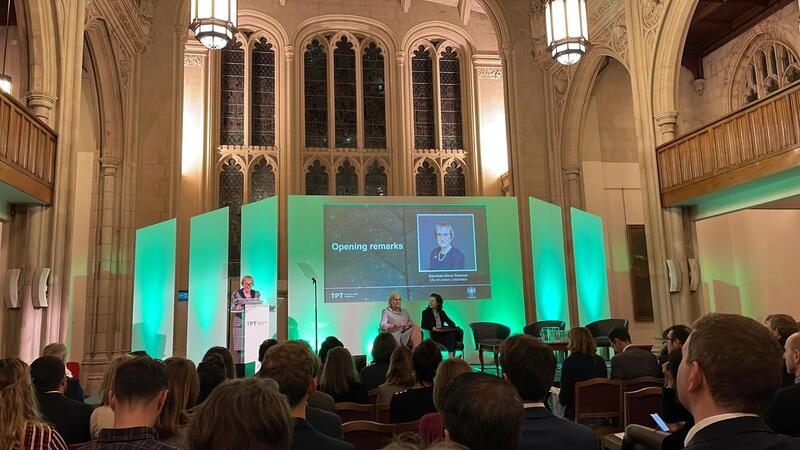
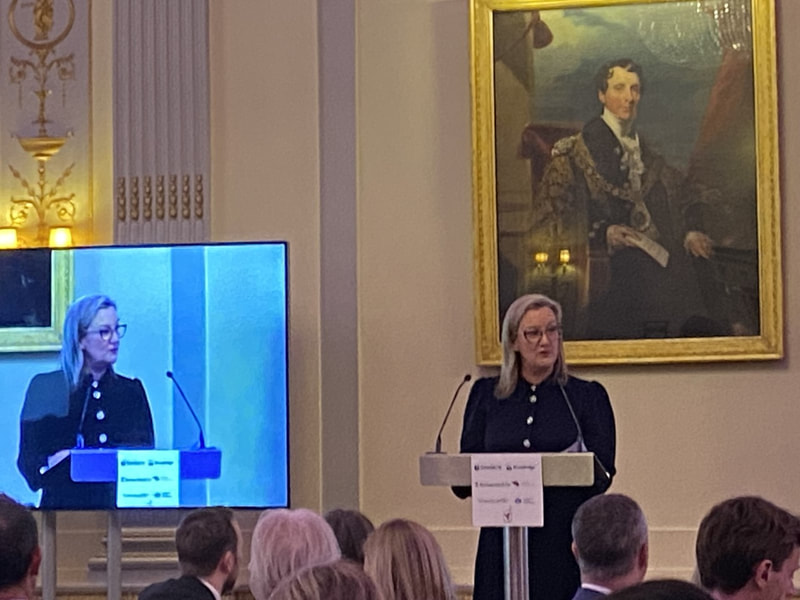
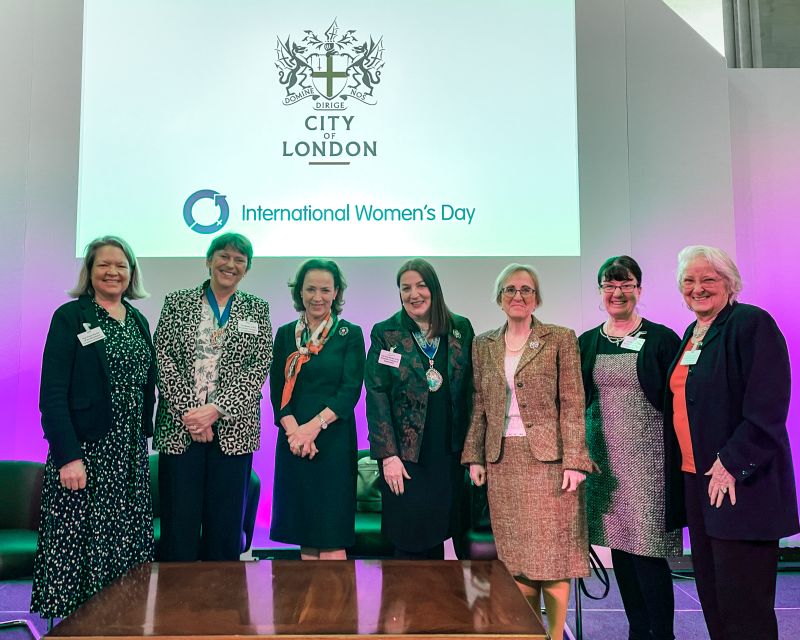
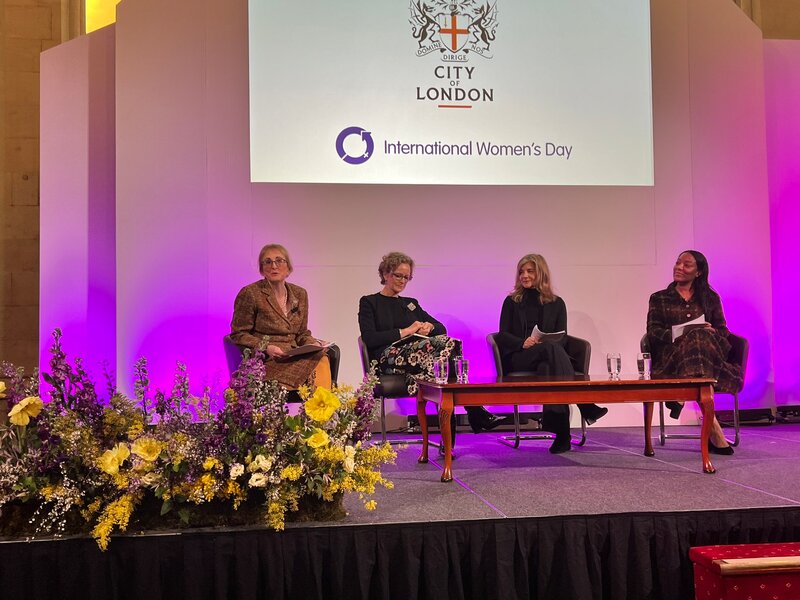
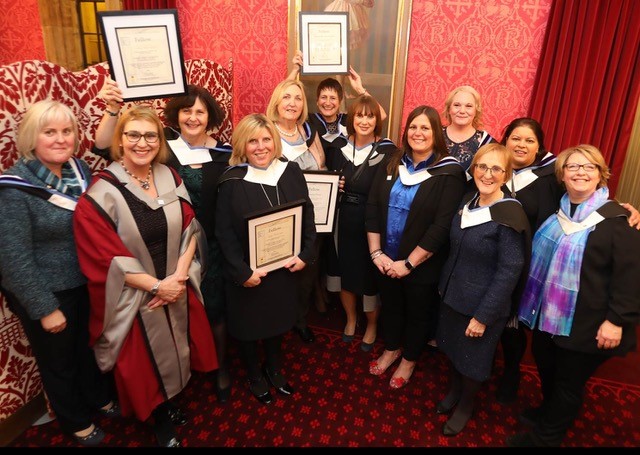
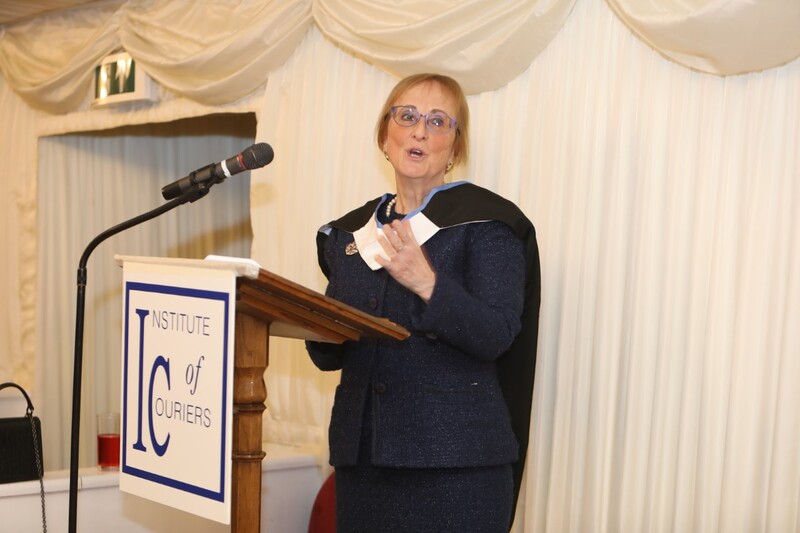
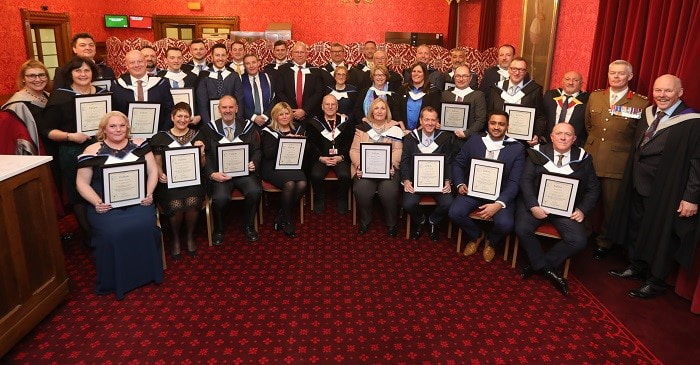
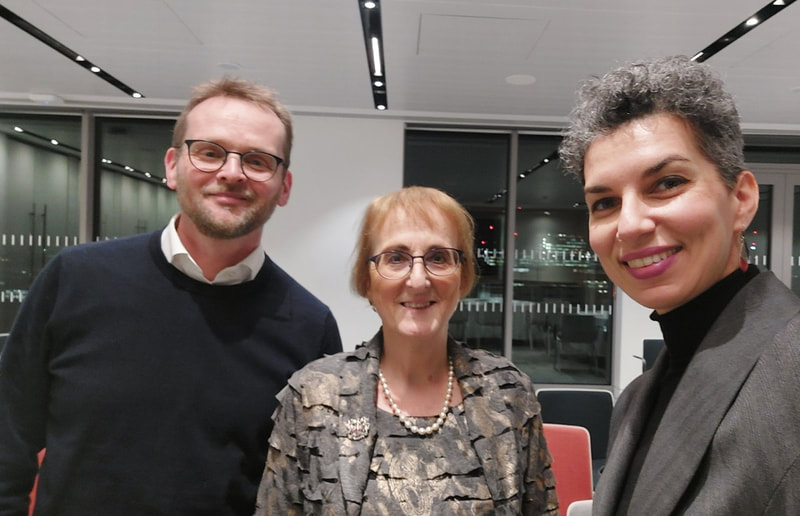
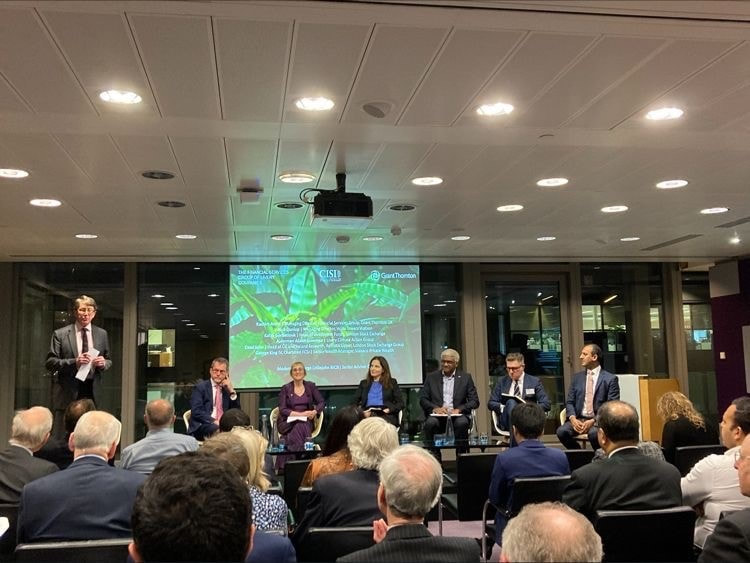
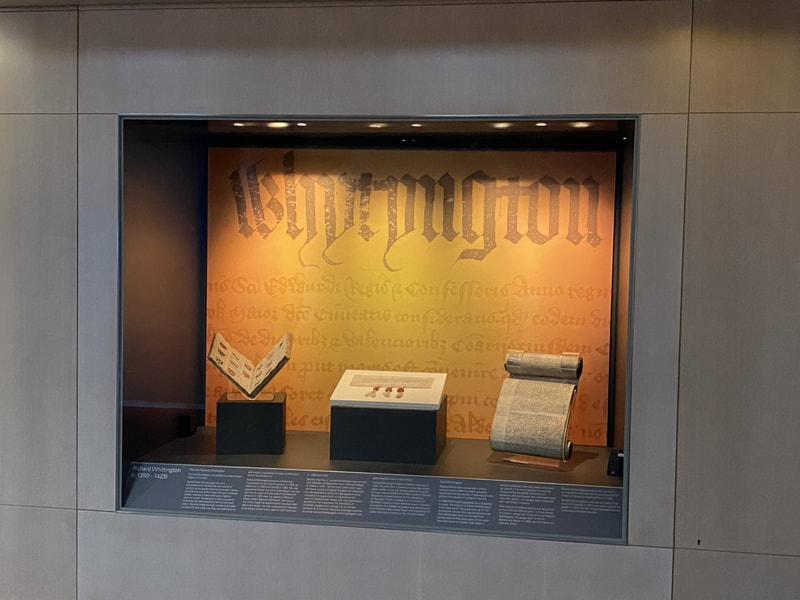

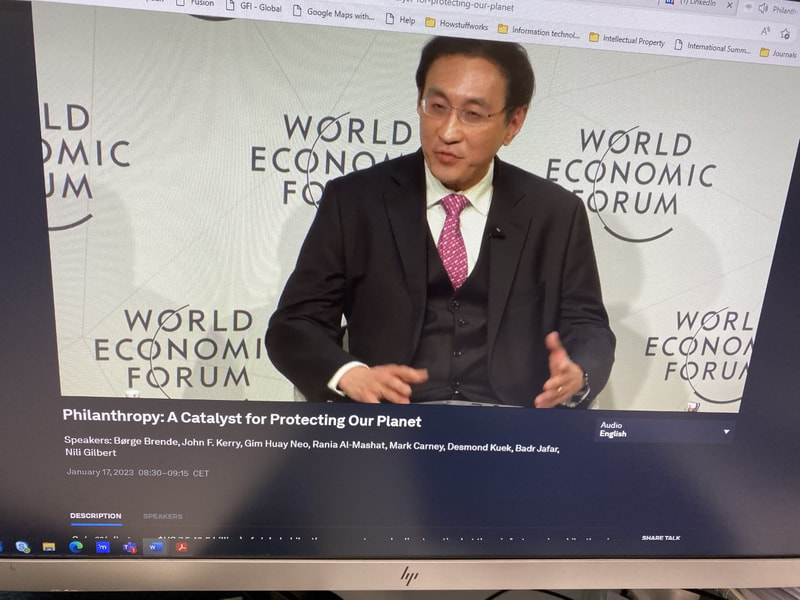
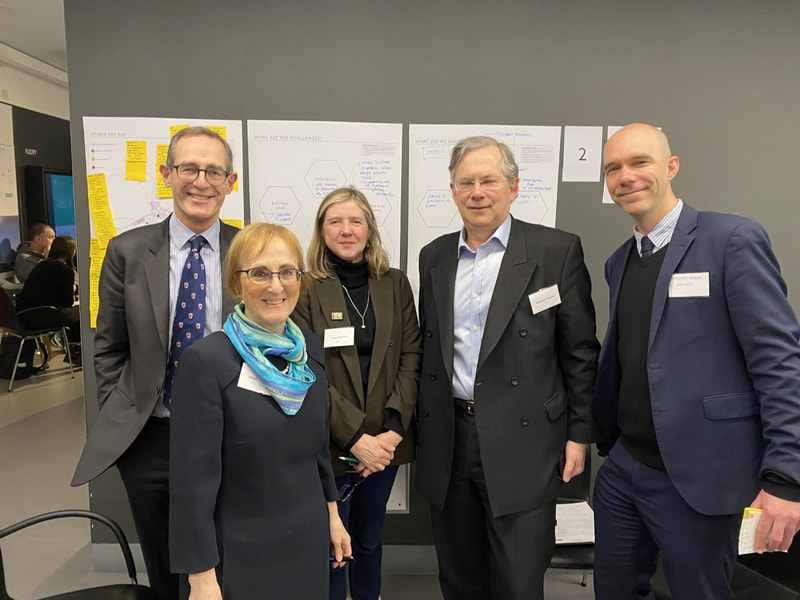
 RSS Feed
RSS Feed